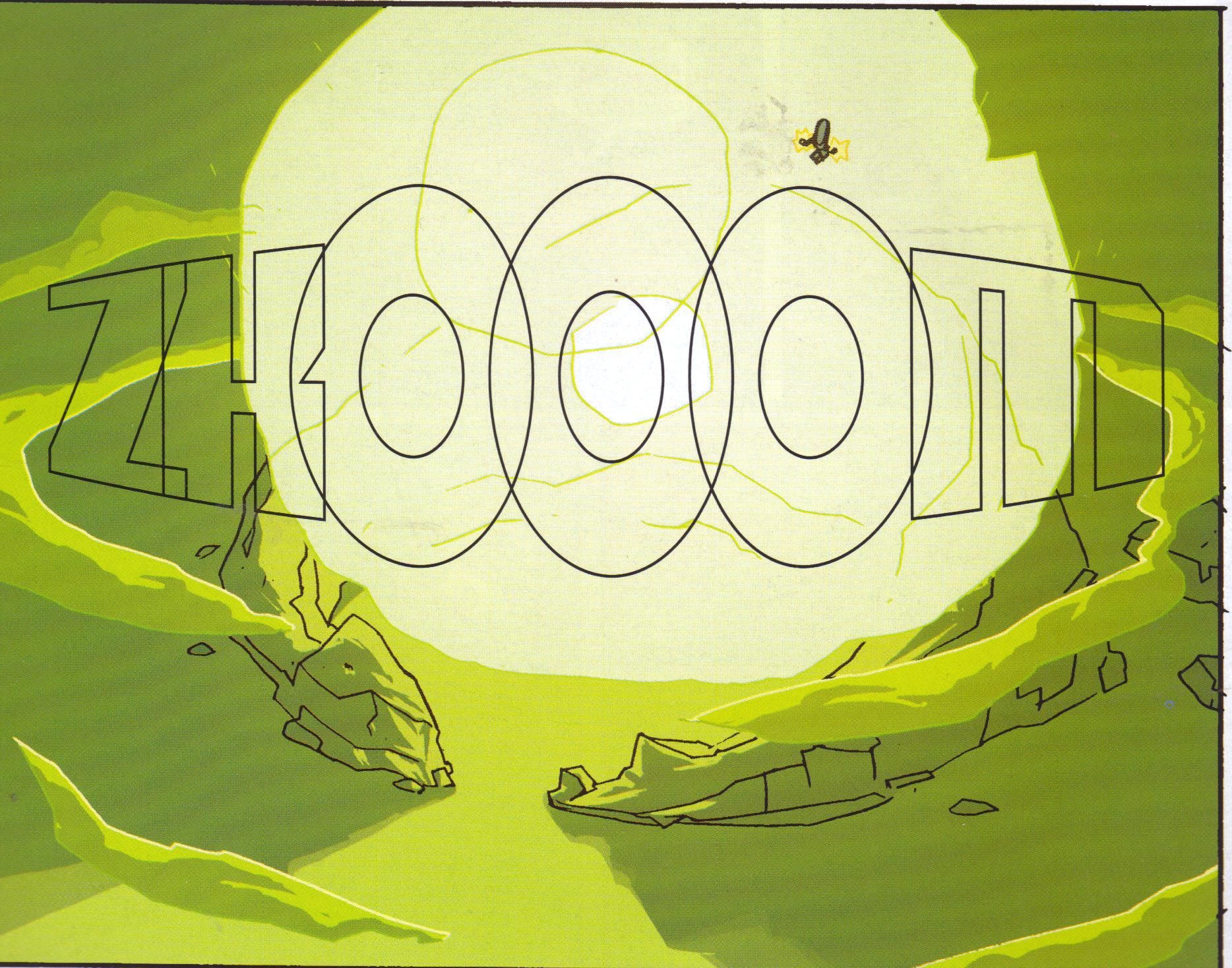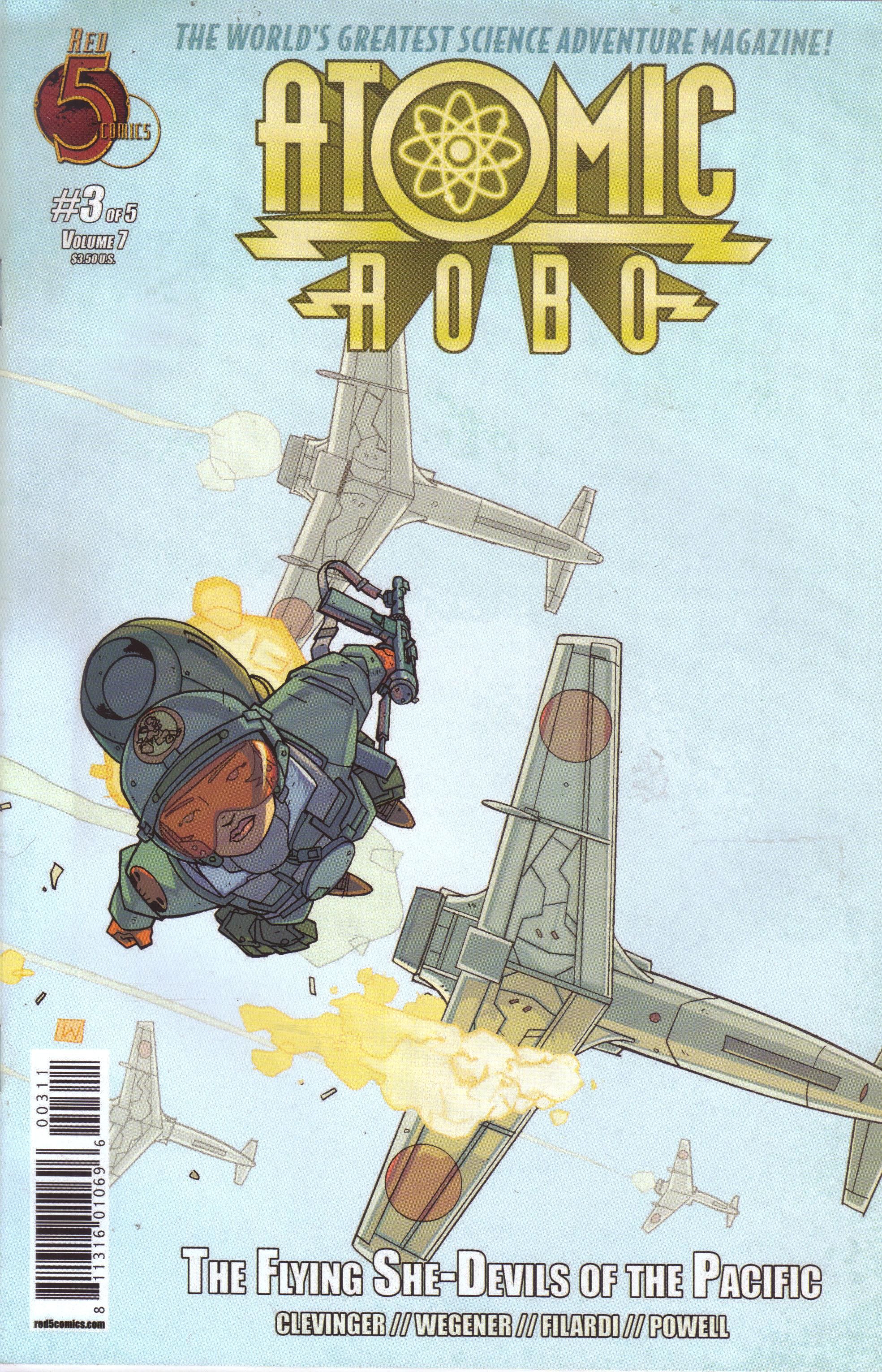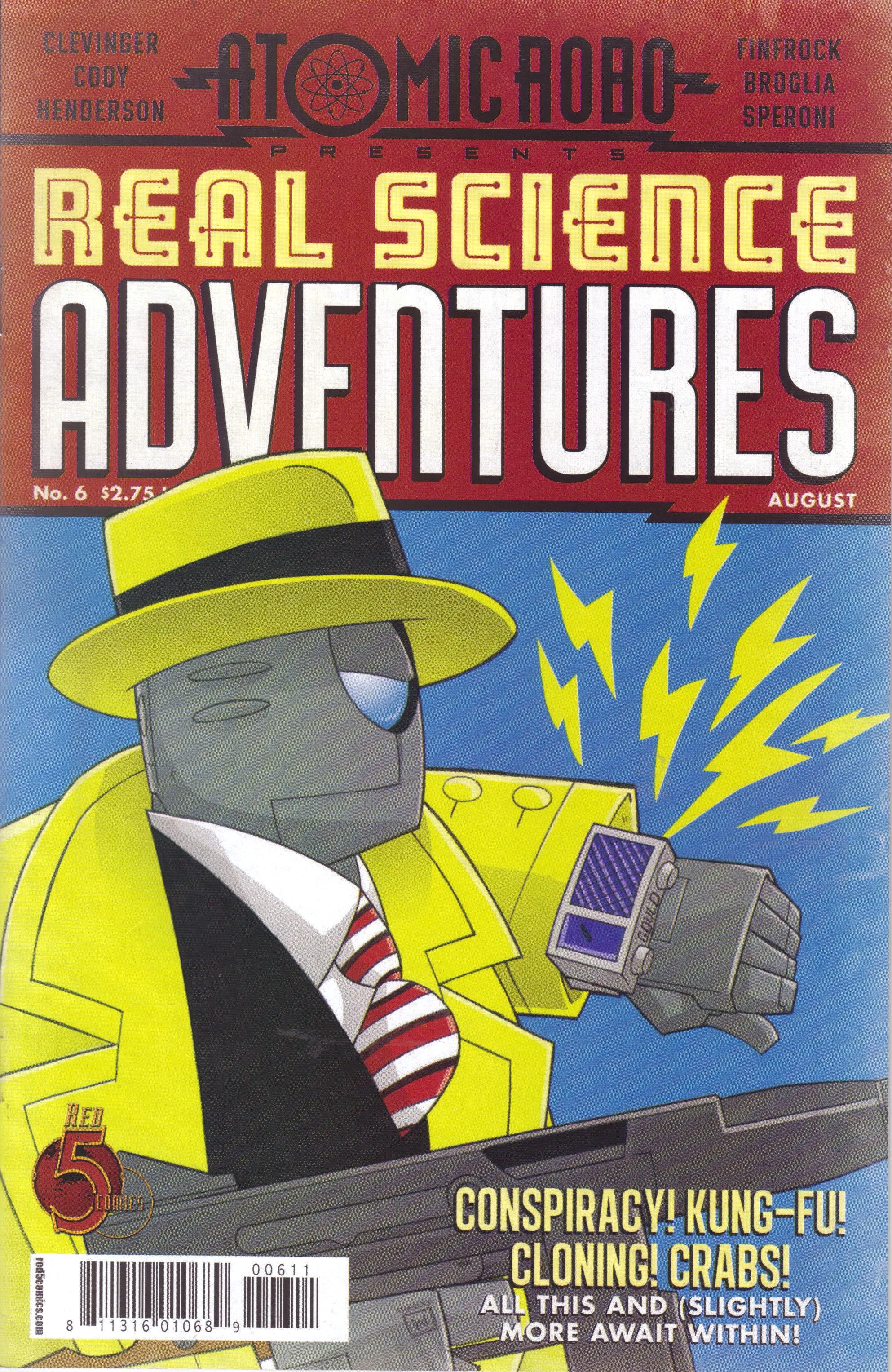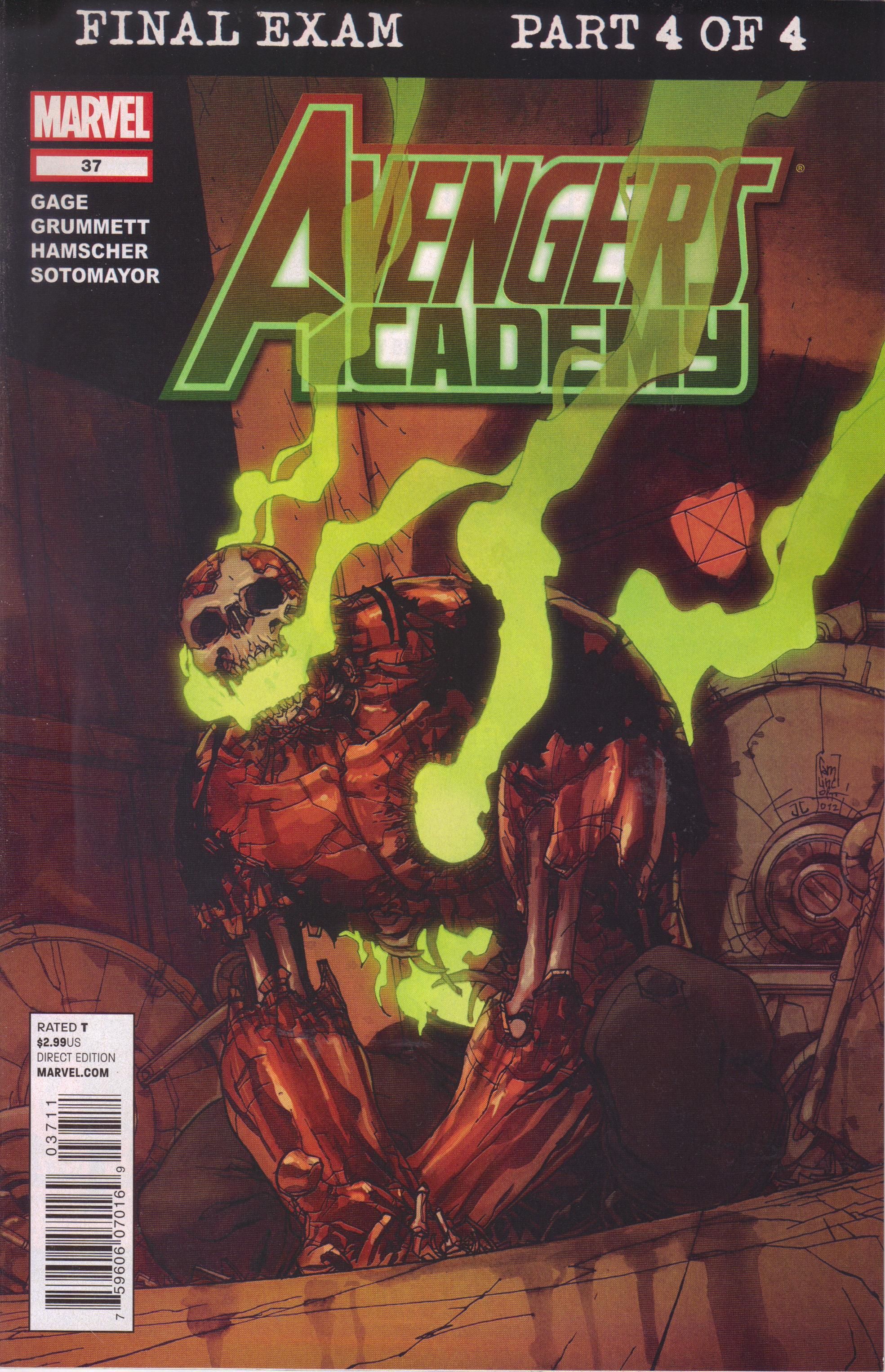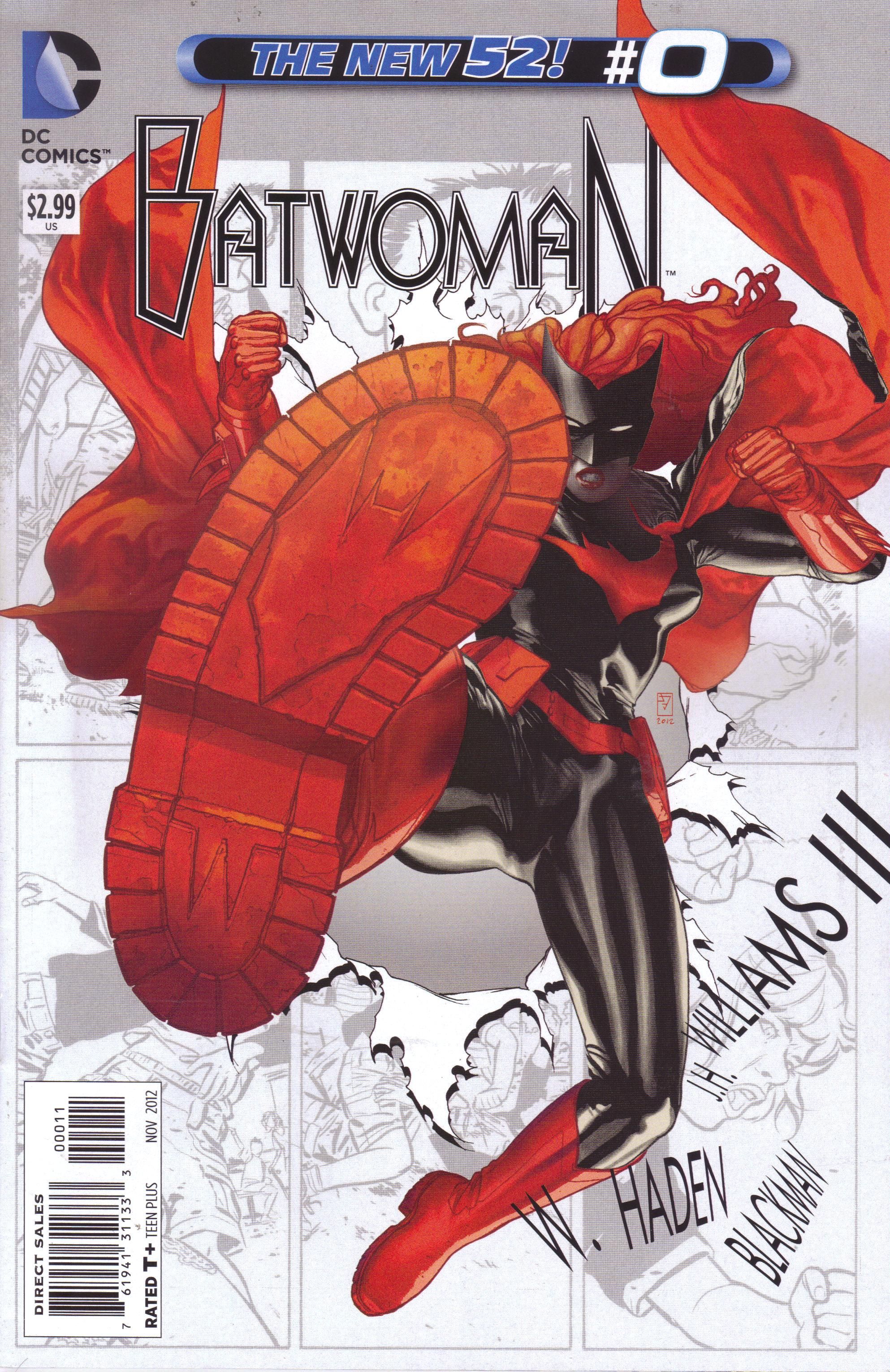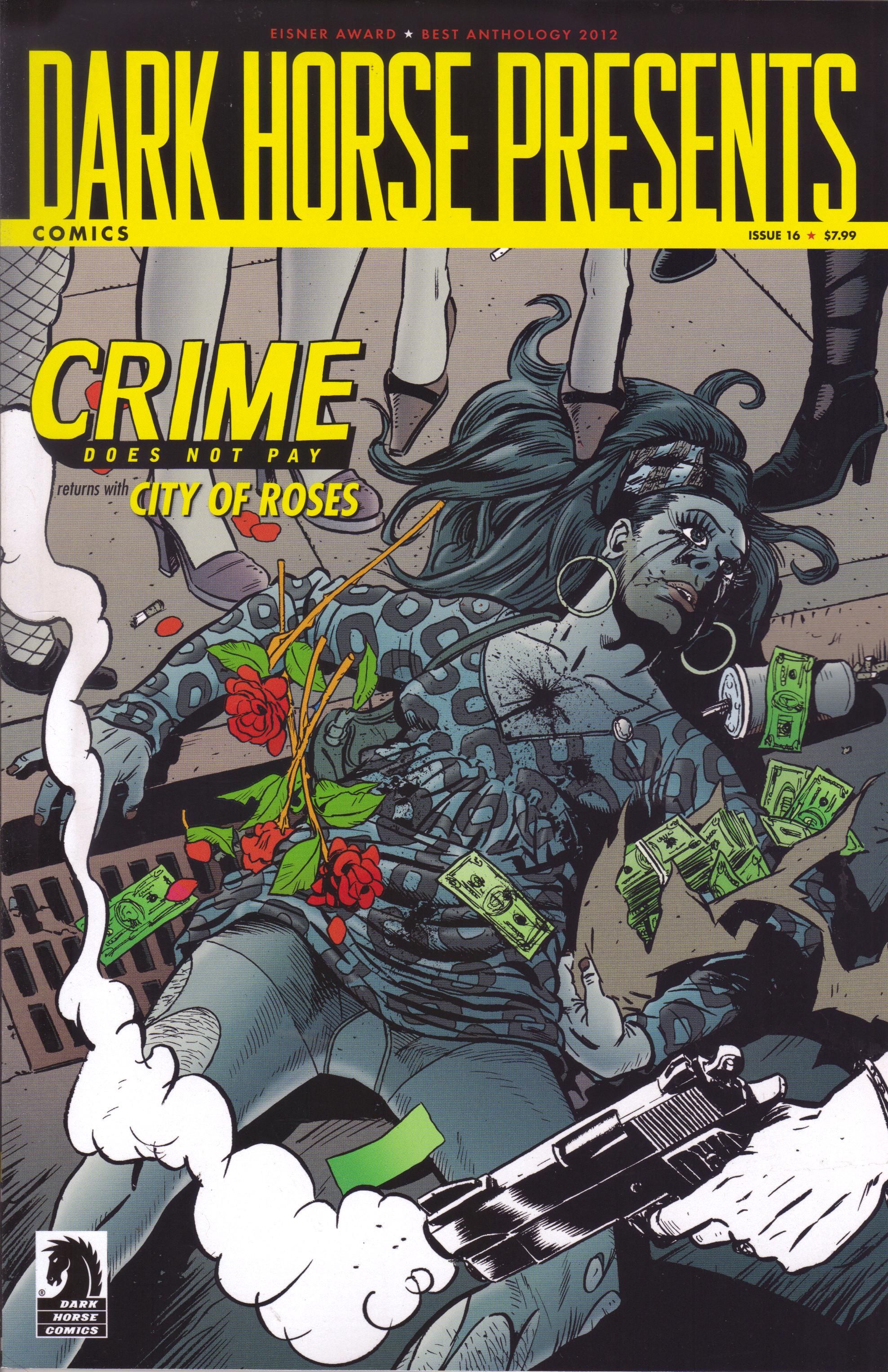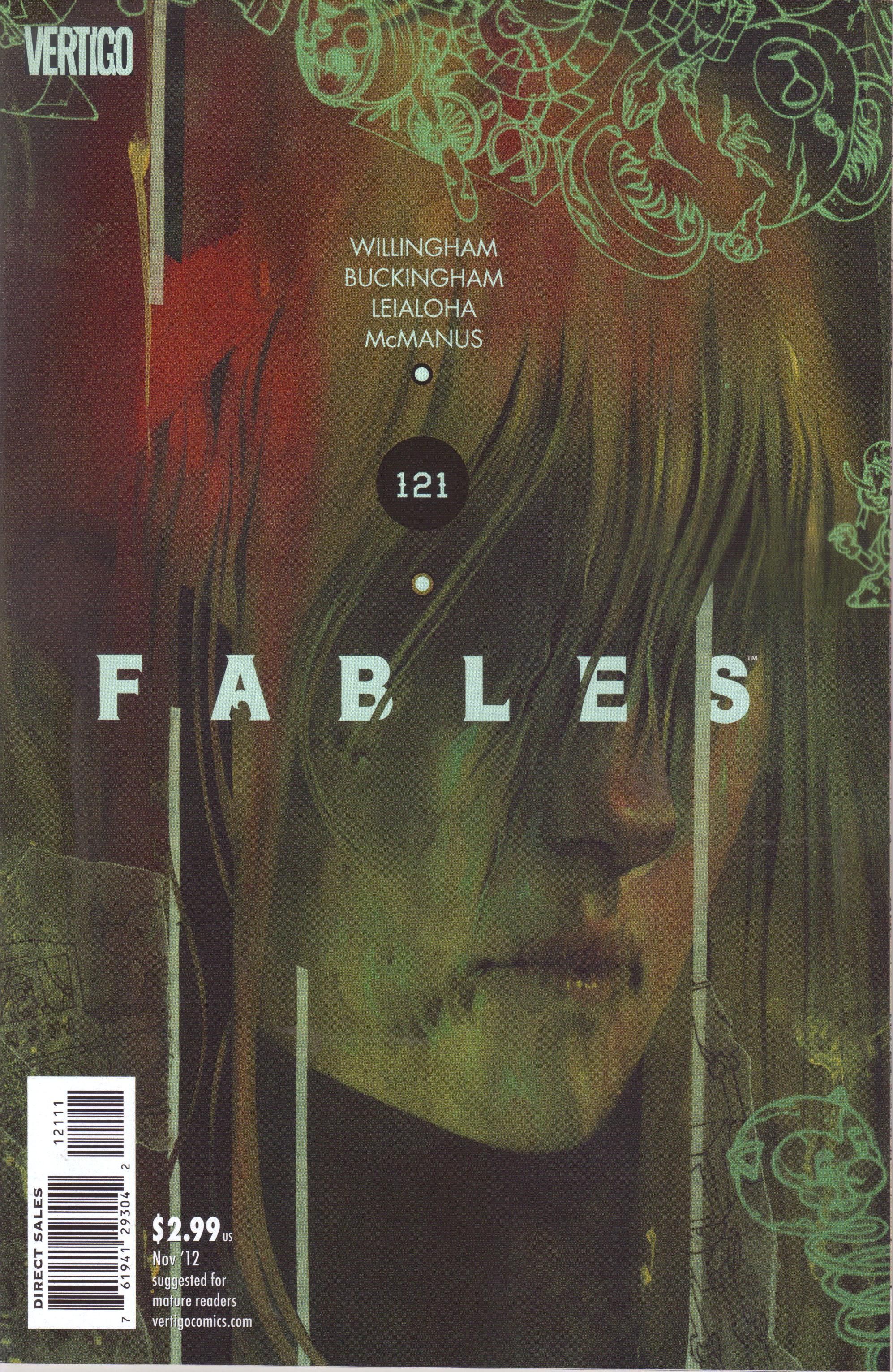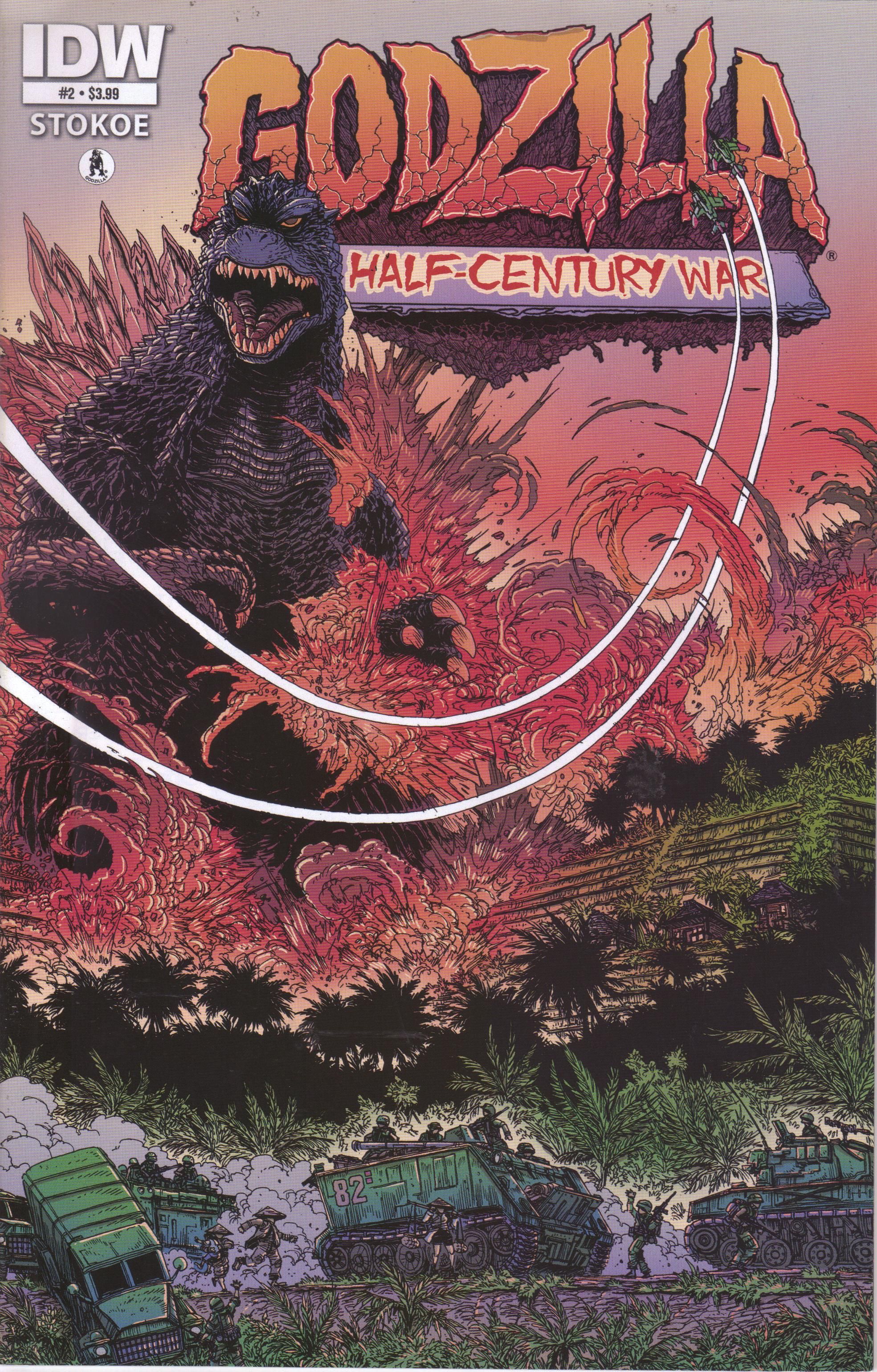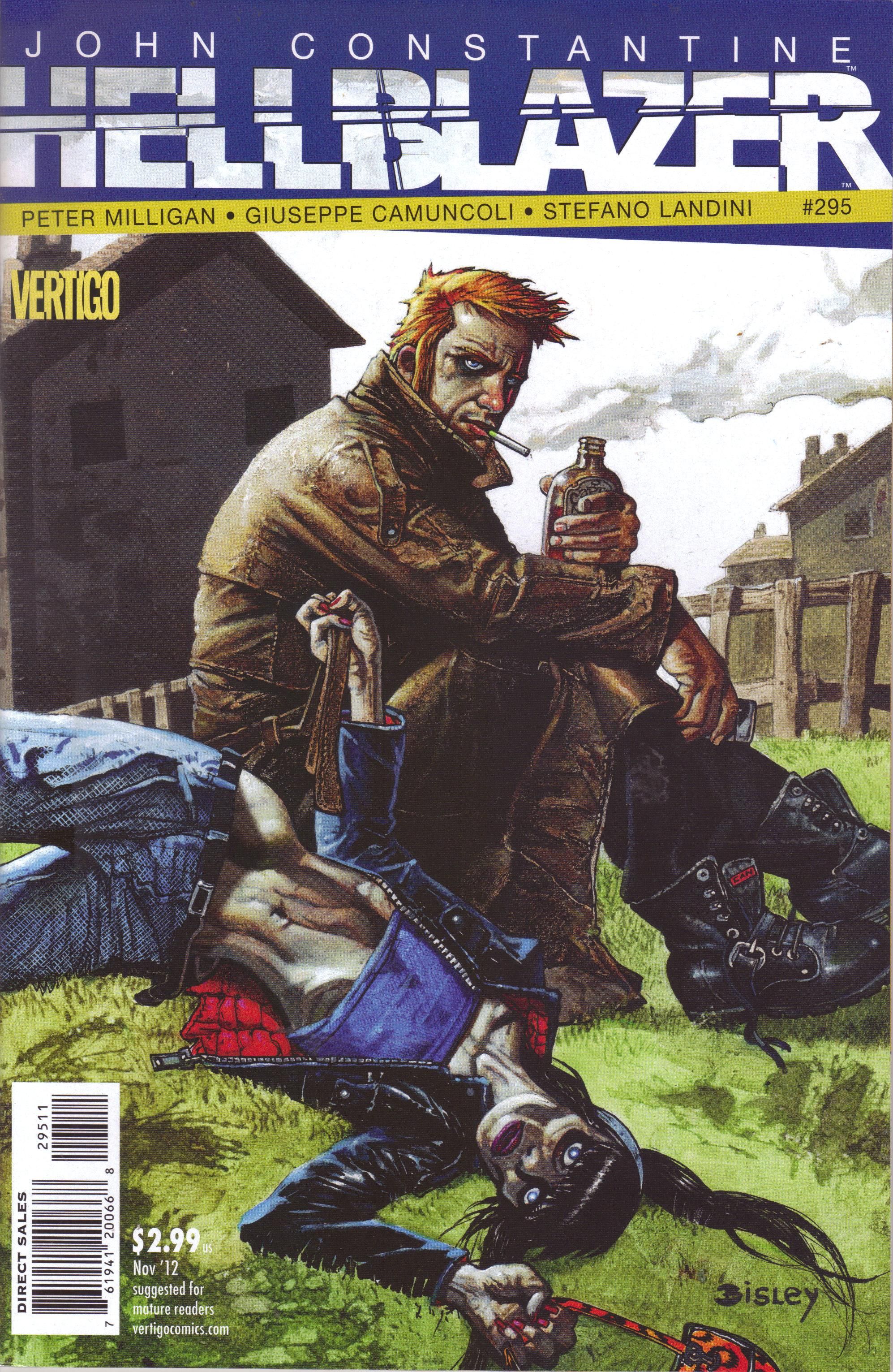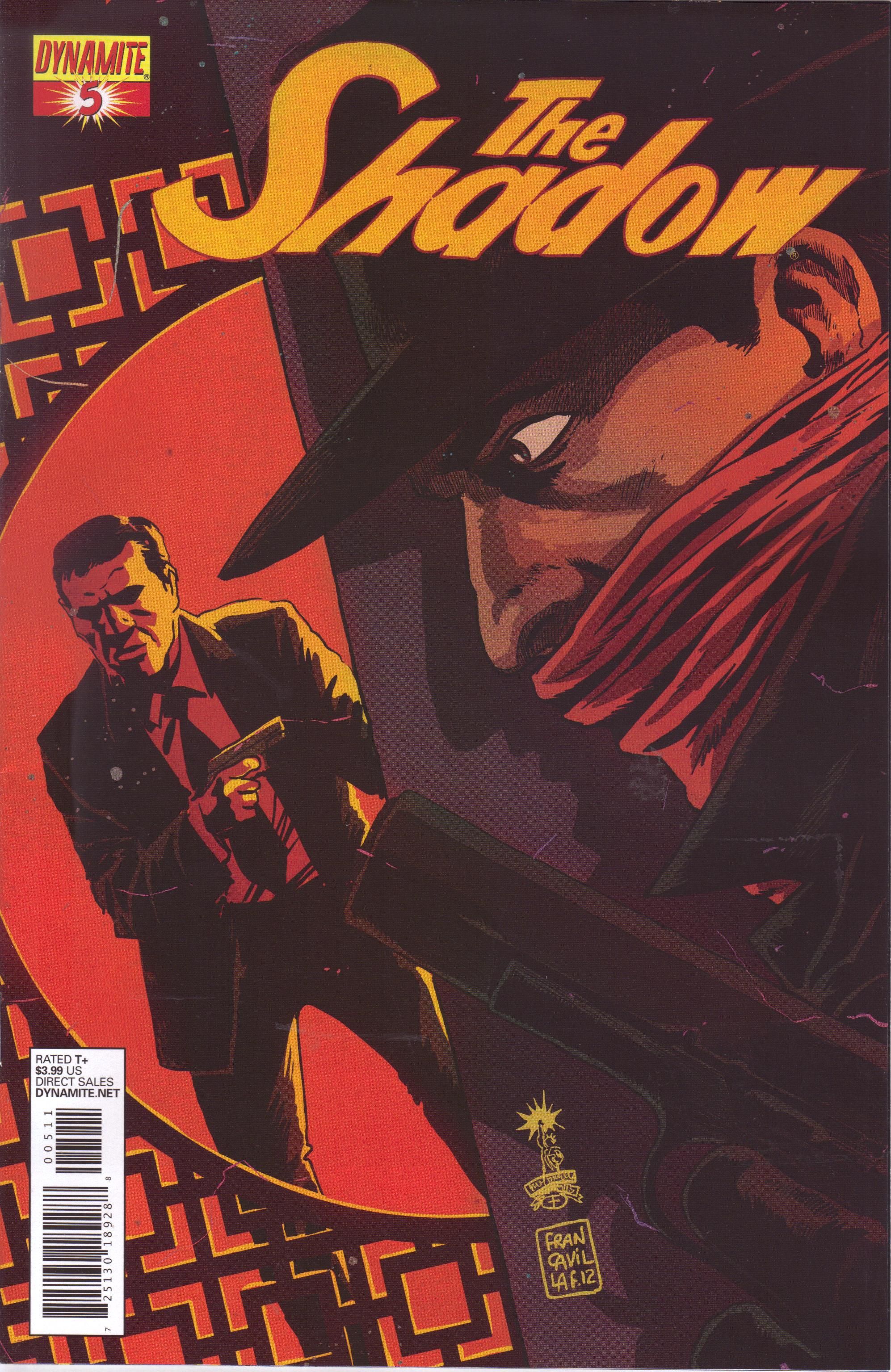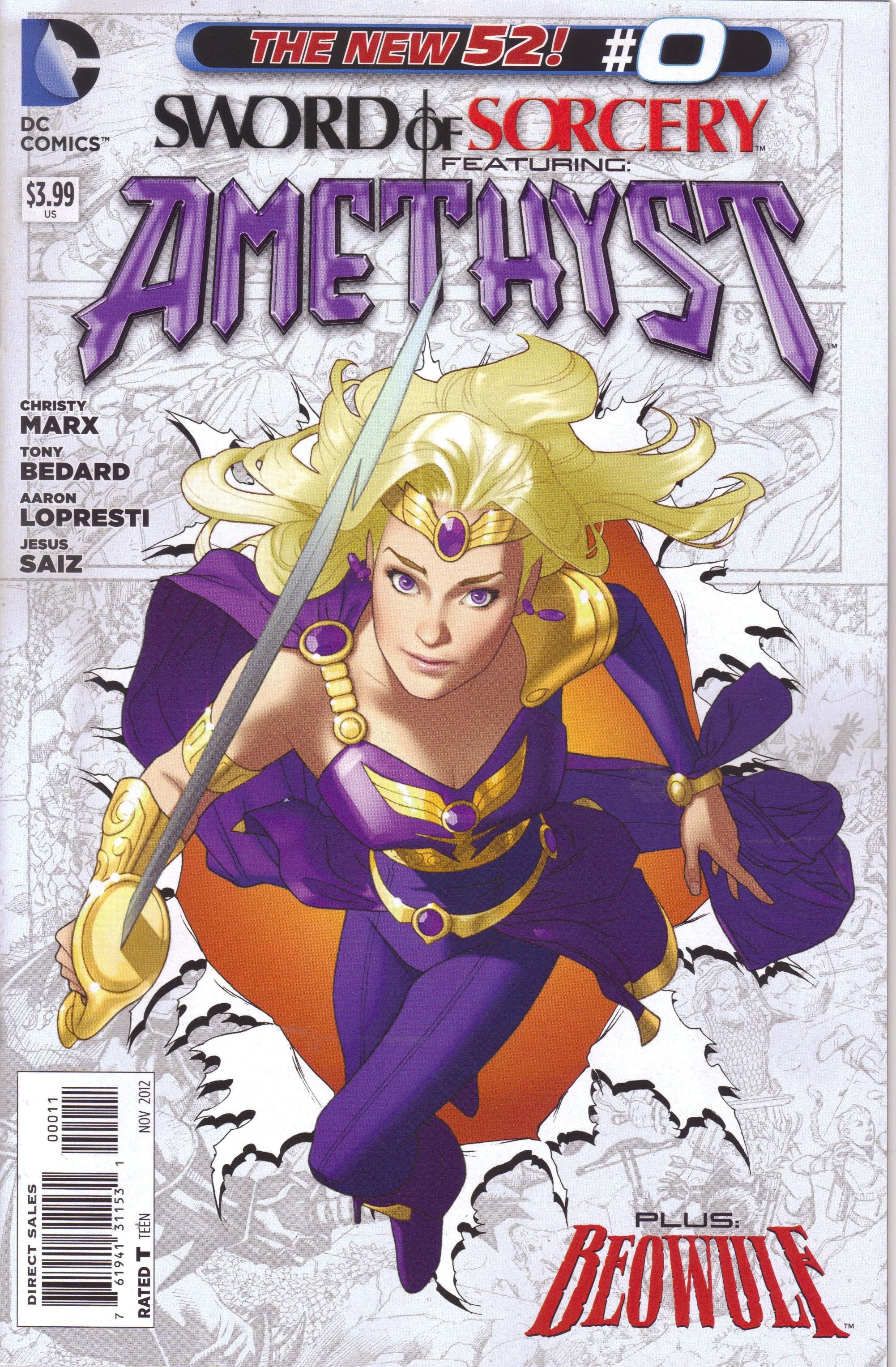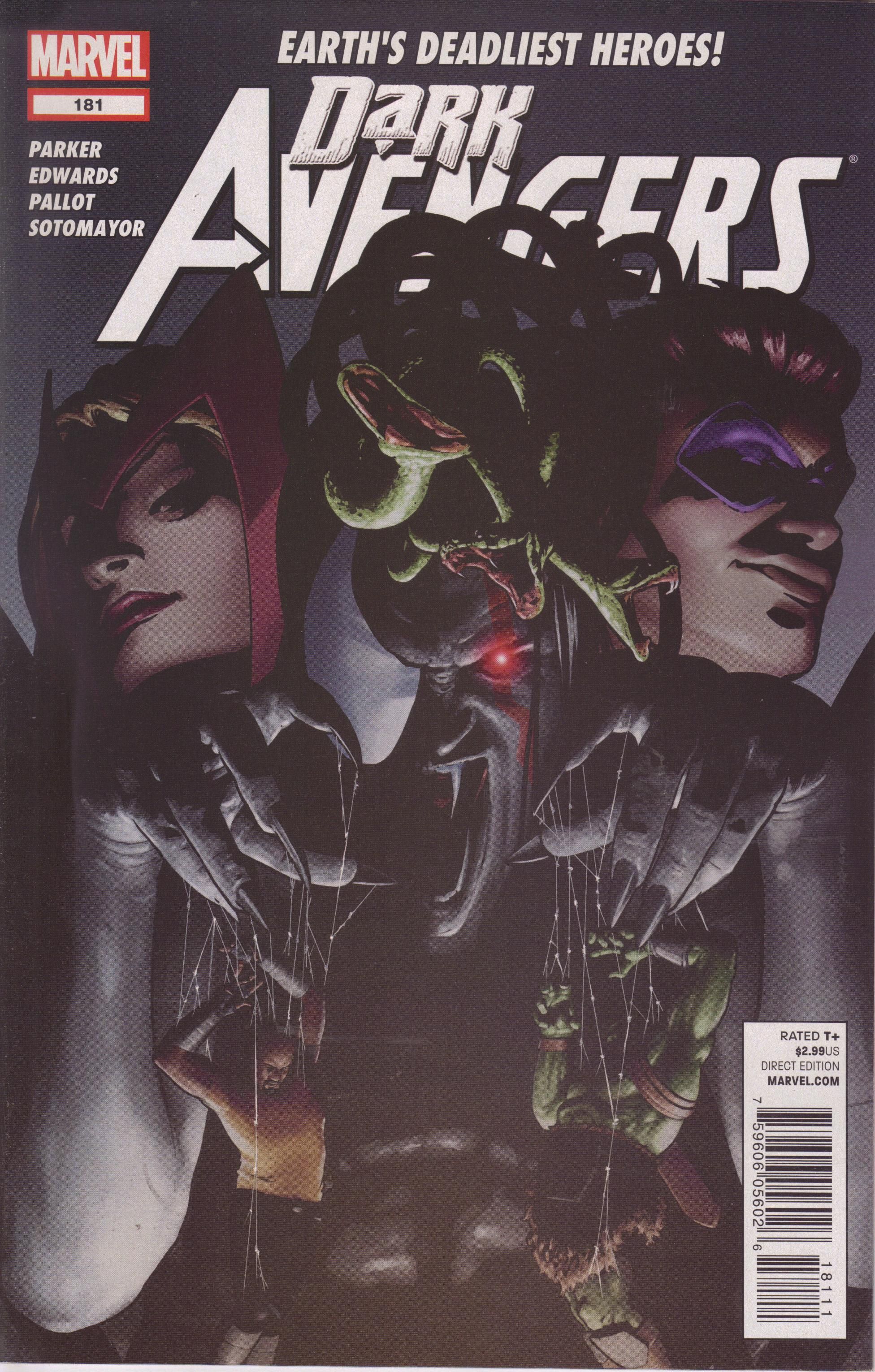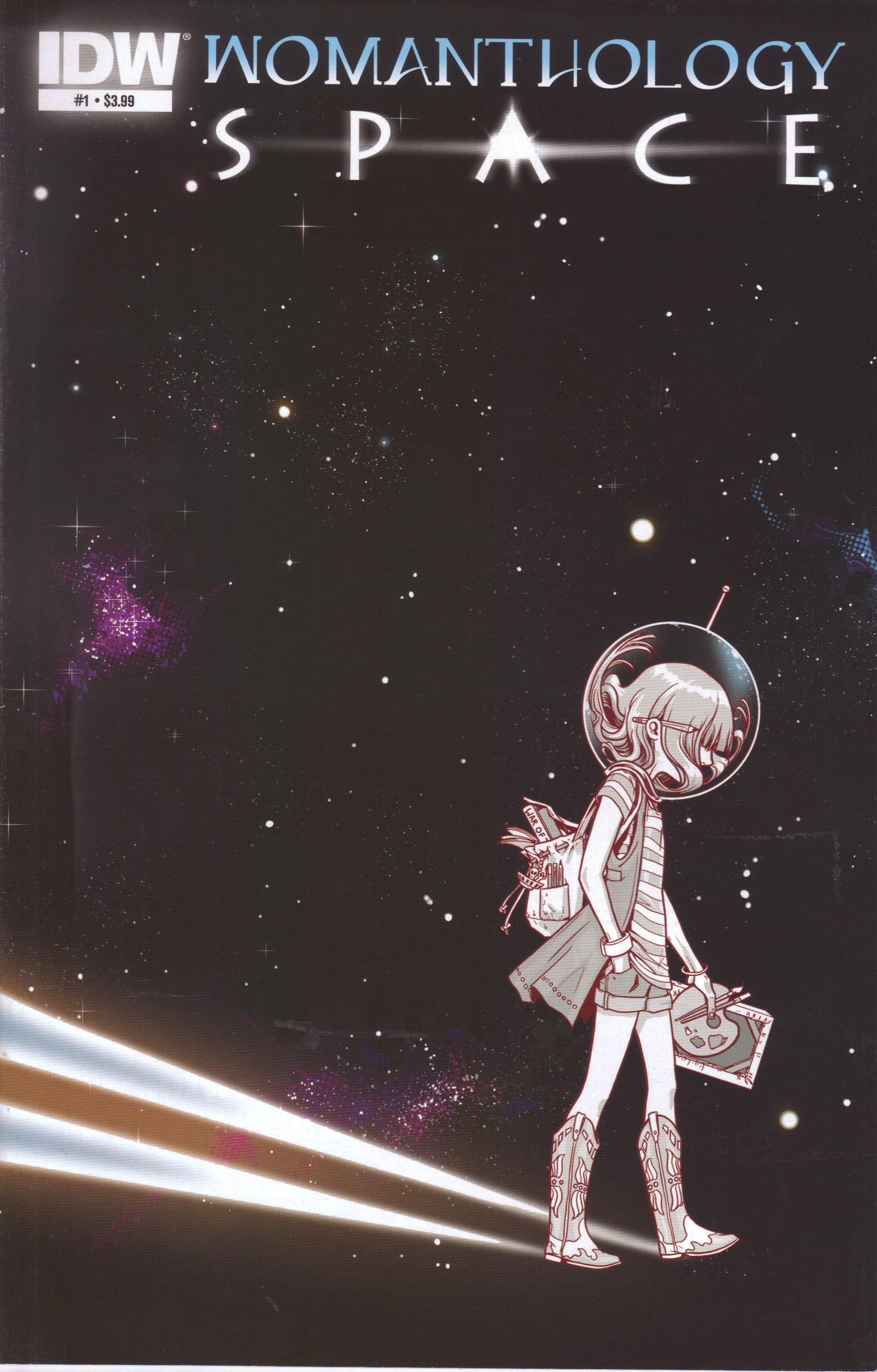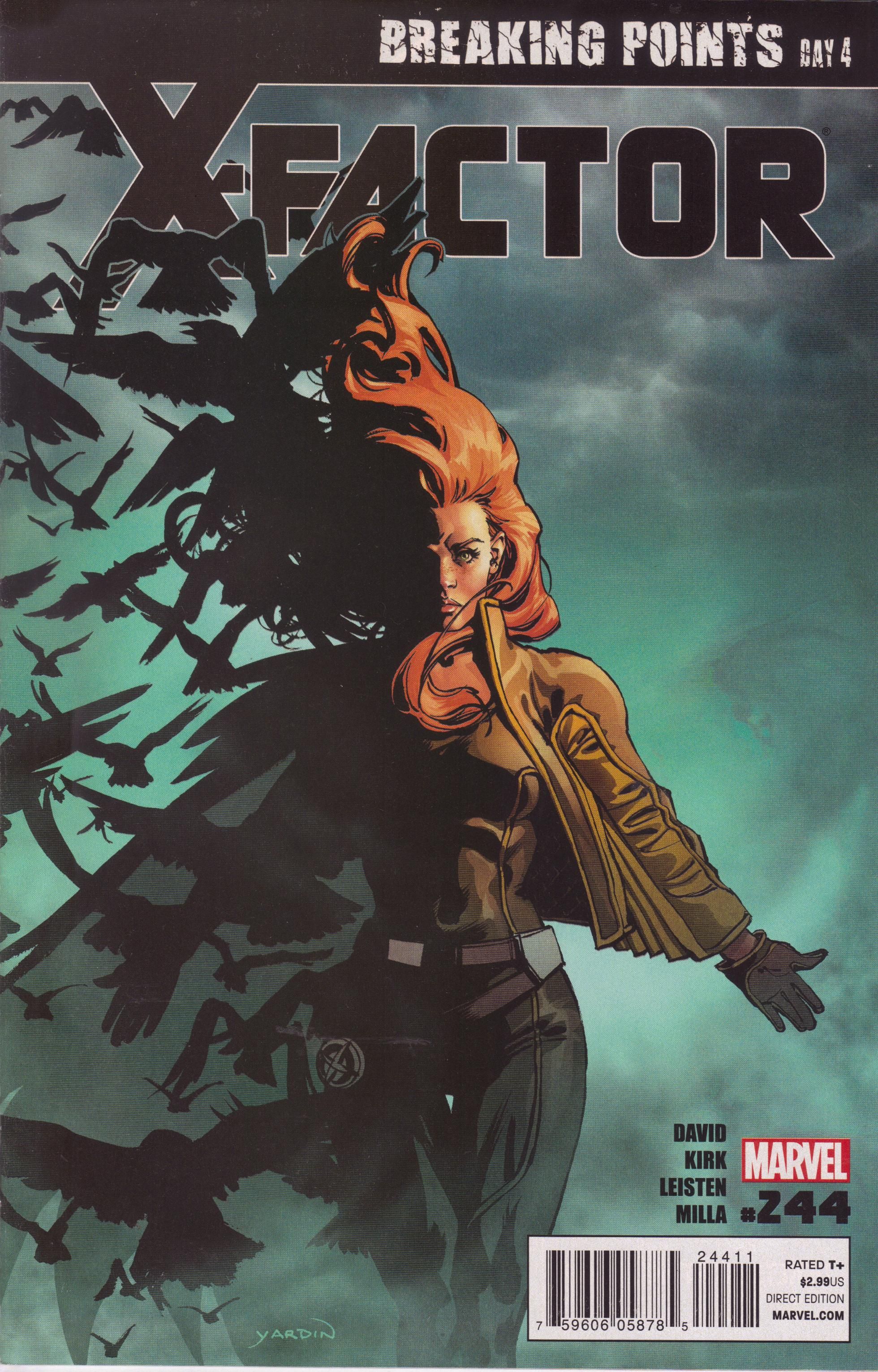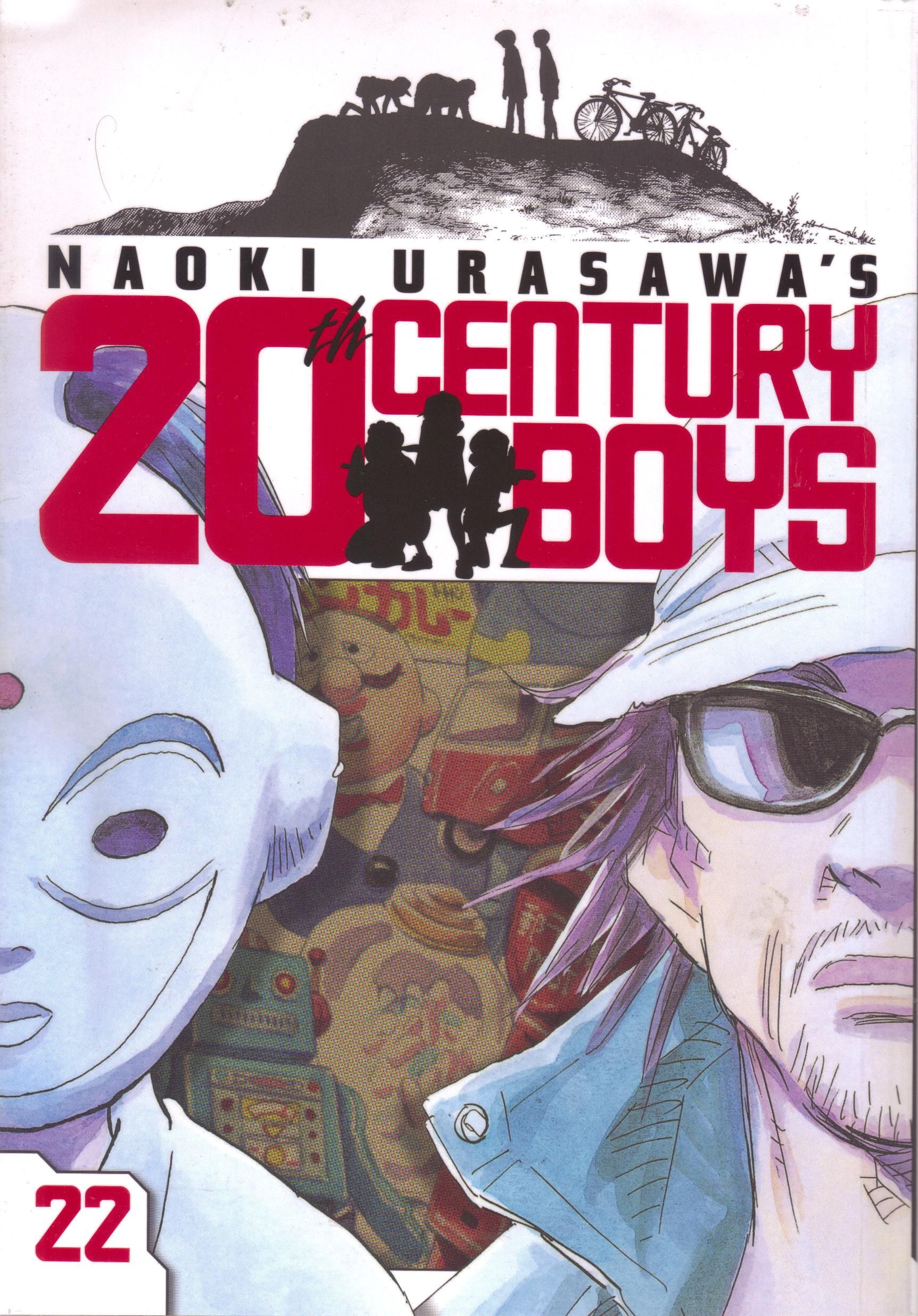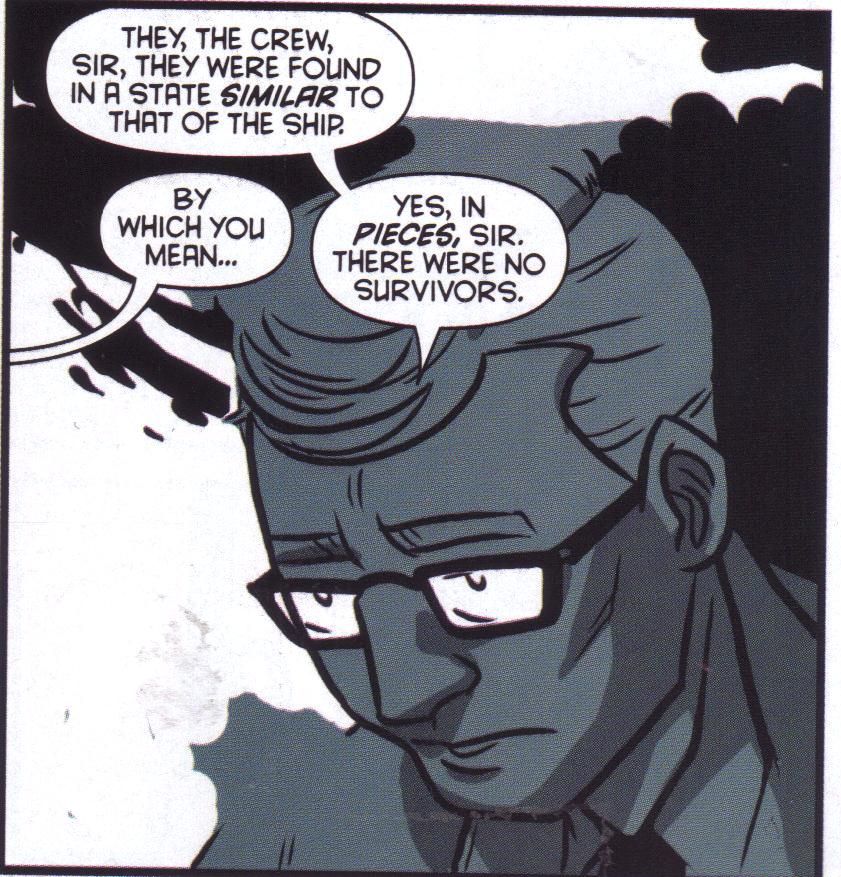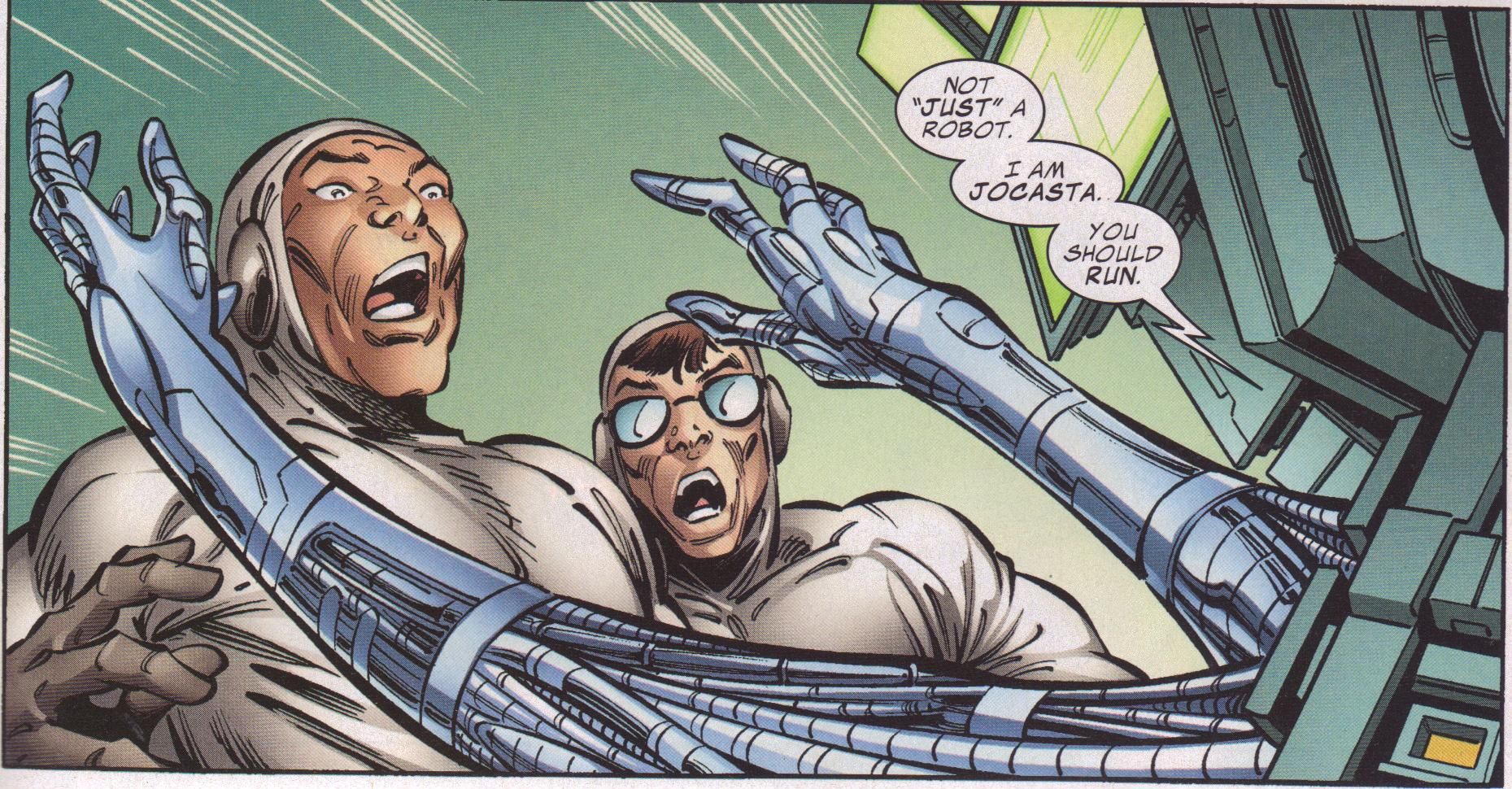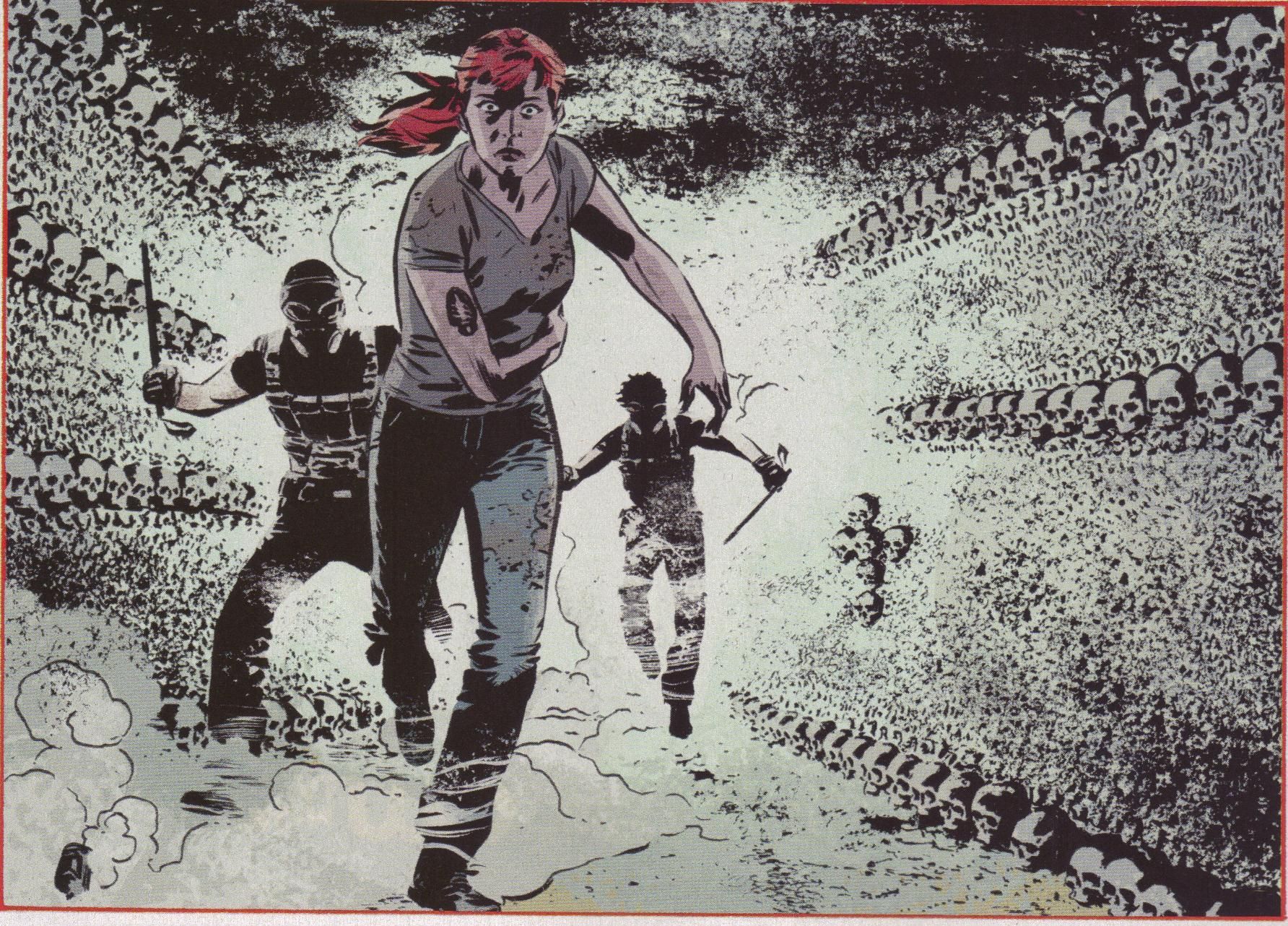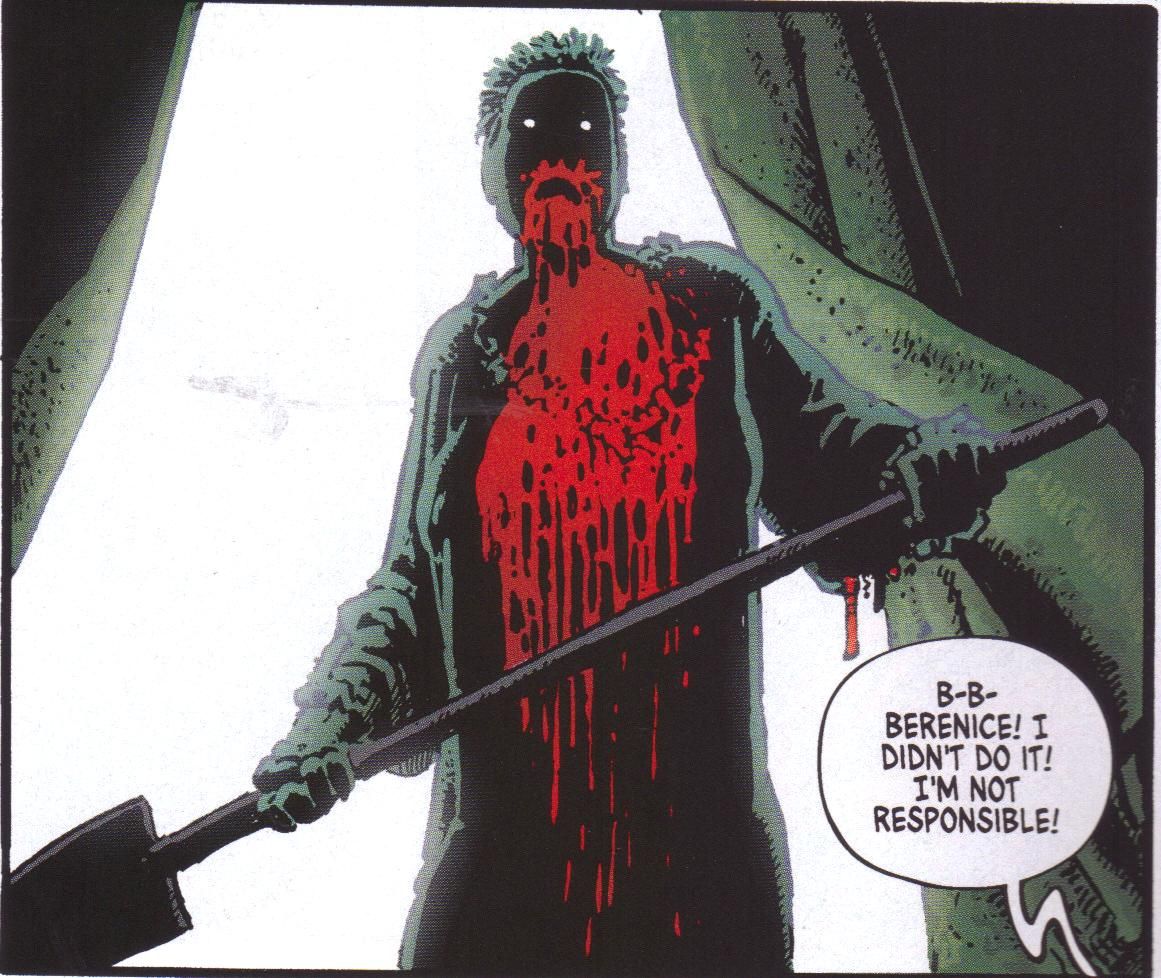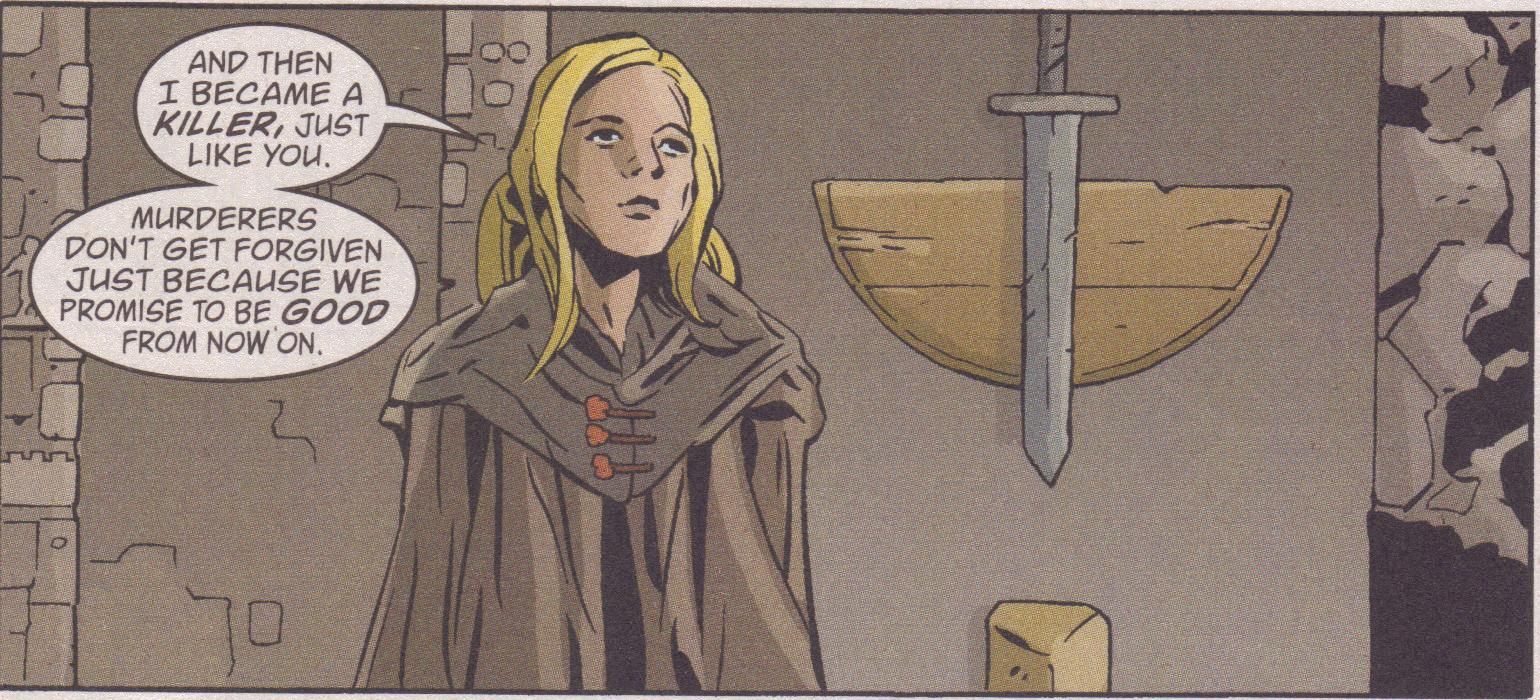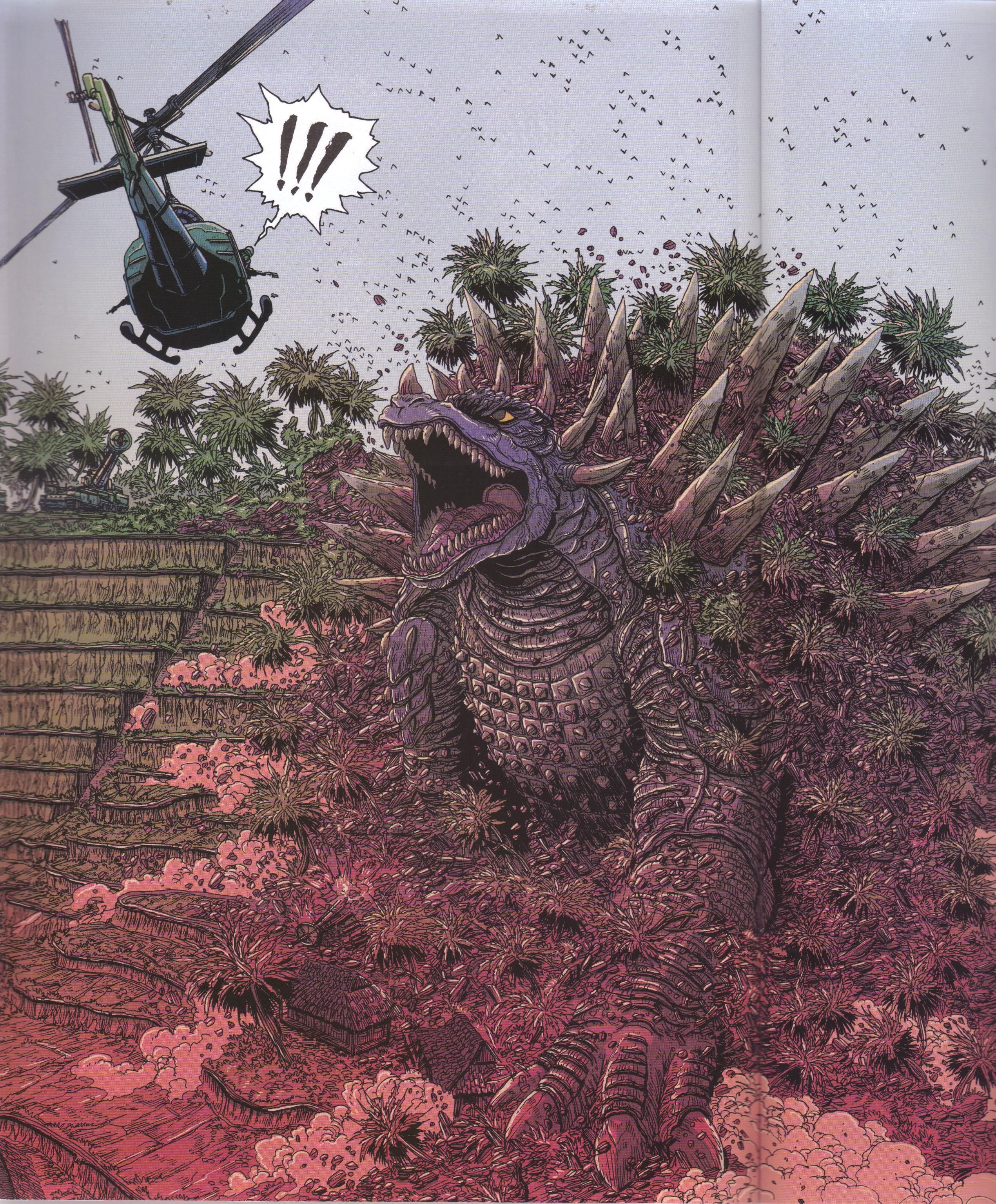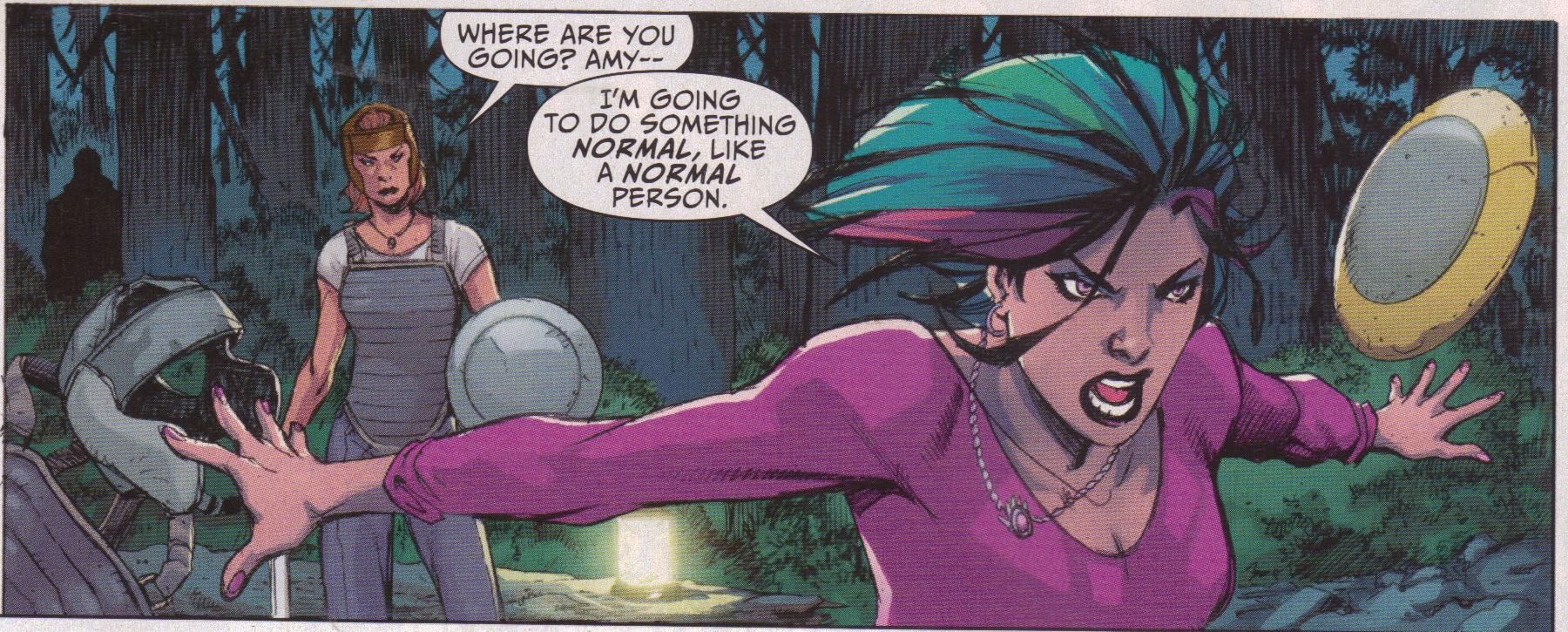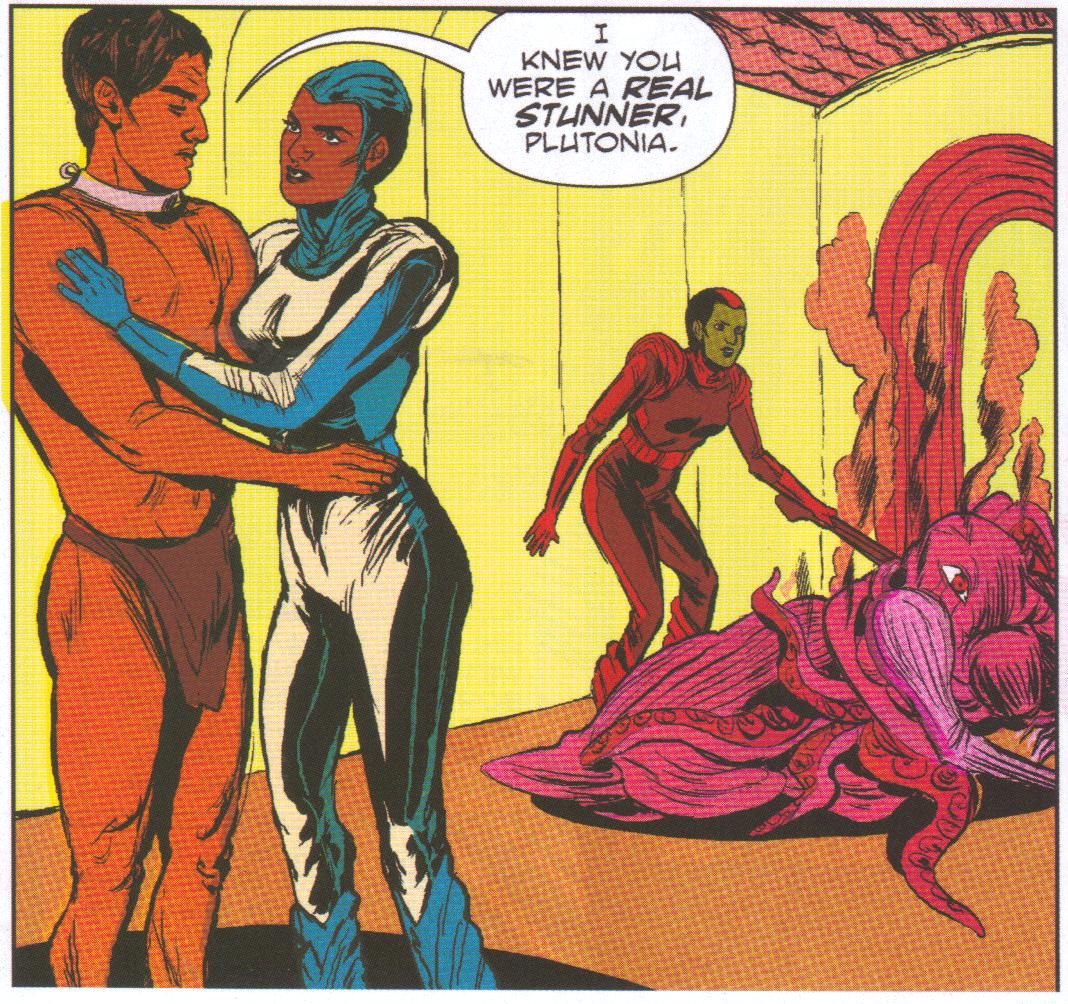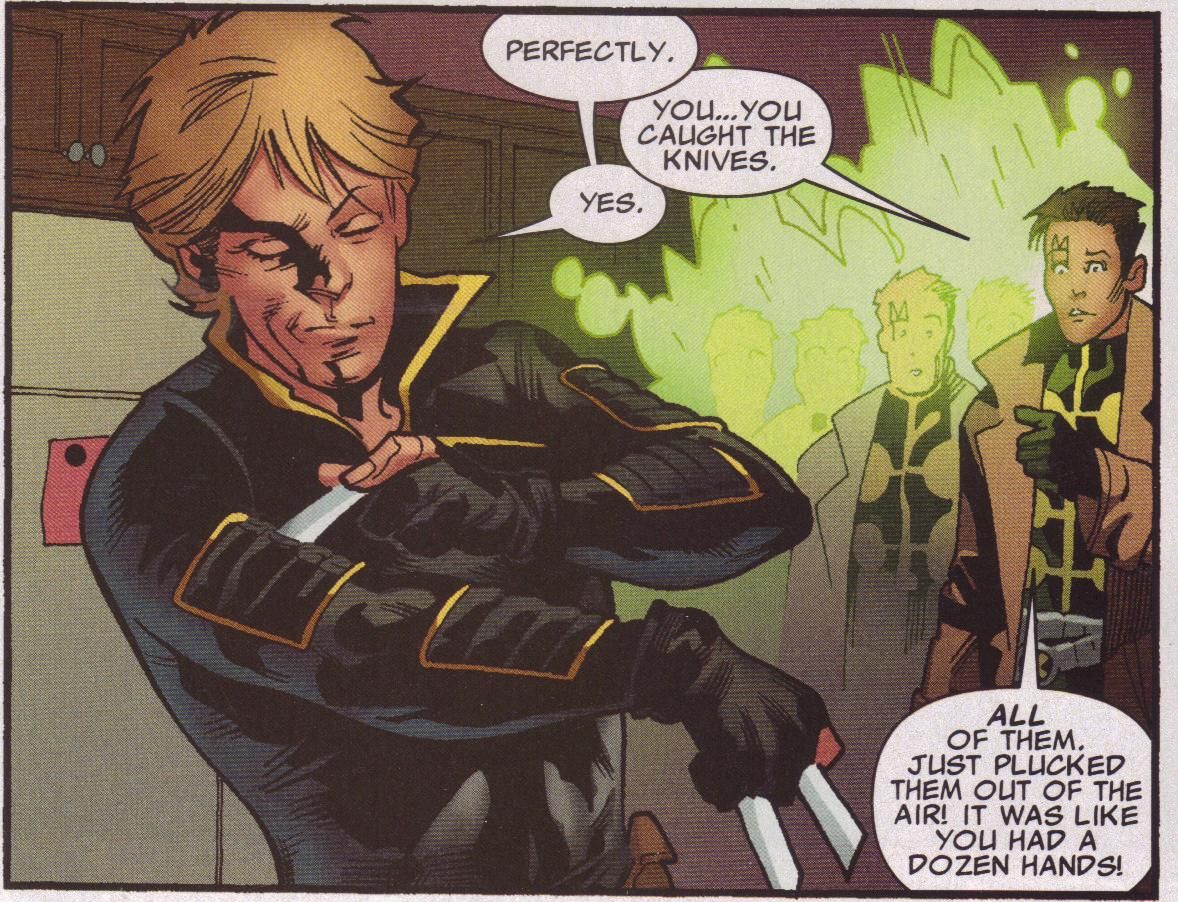"What of the success of the Expulsion?" Carranque asked. The driver was momentarily silenced.
"Success for the Catholics?" I ventured.
"Certainly not, Señora." Now it was Carranque who laughed. "The Expulsion of the Jews was an unmitigated disaster for the Catholics. For a brief time, Their Catholic Majesties feasted on the properties and treasures left behind by the running Jews. But after a very short while they awoke to the truth that their best and their brightest had fled. Gone were their merchants, their statesmen, their doctors, their artisans and their artists, their poets, their musicians, their singers, and their leatherworkers. Without its Jews, Spain dried up into the shriveled olive it is today."
"So the success?"
"Was the success of the Jews -- the Jews who fled to Morocco, to Italy, to Greece, to Turkey, to the Netherlands. They spread their art and learning across the Mediterranean, through the Strait of Gibraltar and northward into Europe. They made a virtue of exile, found their greatest reward in exile, found their humanity, their lost identity, in exile." (Jonathan Levi, from A Guide For The Perplexed)
Atomic Robo and the Flying She-Devils of the Pacific #3 (of 5) by Brian Clevinger (writer), Scott Wegener (artist), Nick Filardi (colorist), and Jeff Powell (letterer). $3.50, 22 pgs, FC, Red 5 Comics.
It's the dreaded middle issue of a mini-series, which never bodes well. Usually Clevinger avoids the pitfalls of the dreaded middle issue - the initial big scene is over, but we can't have the climax yet! - and he does it pretty well here, although it's in this issue that we get the inevitable "good guys hit their nadir, from which they will crawl out triumphantly!" scenes. So the She-Devils are routed by the sneaky Japanese, and Robo is captured. It's beautifully drawn by Wegener, and while I don't think Filardi is the best colorist for Wegener (it seems like Wegener's crisp lines are dulled a bit by the coloring), the blues in this issue are stunning - most of it takes place outside at night, and Filardi makes all the different hues stand together wonderfully. This isn't the funniest issue of Atomic Robo ever, nor is it the most exciting. I guess it's necessary, though, to bridge the meeting of Robo and the She-Devils and their eventual triumph over their enemies. This is one of those issues that, when I read it, I know it needs to be done this way, but even though this issue features a gun battle between fighter jets and young ladies wearing rocket packs, it still feels like more of a requirement for the series as a whole to work rather than a great issue on its own. But that's why we read these as complete mini-series, right?
Rating: ★ ★ ★ ★ ★ ★ ★ ☆ ☆ ☆
One totally Airwolf panel:
Atomic Robo: Real Science Adventures #6 by Brian Clevinger (writer), Matt Speroni (colorist), and Jeff Powell (letterer), with Ryan Cody (artist, "To Kill A Sparrow Part 6"), Erica Henderson (artist, "Philadelphia Experiment"), Zack Finfrock (artist, "Daedalus Project"/"A Bad Case Of The Crabs"), and John Broglia (artist, "Leaping Metal Dragon Part 6"). $2.75, 20 pgs, FC, Red 5 Comics.
This is the first of three (3) anthology books I bought this week, and I'll discuss that below. But for now, let's consider the final issue of Real Science Adventures - I don't know if Clevinger will have another volume in the months to come, but this is the final one for now. This spin-off of Atomic Robo never really took off, and it's too bad. It had some nice short stories, but overall, it wasn't as successful as the main title, and I think there are two reasons for it. The two main serials, "To Kill A Sparrow" and "Leaping Metal Dragon," were hamstrung by the page numbers allotted to them in each issue - Clevinger could have easily modified that, but chose not to. Therefore, they felt extremely disjointed, and in the end, 24 pages (stretched over six issues) were, in the case of the former, too short to tell a compelling story, and in the case of the latter, too many. "Sparrow" could have benefited from more pages, because it was a pretty big story, while "Dragon" was basically one "joke" stretched to the breaking point - Robo gets trained by Bruce Lee even though he doesn't think he needs it because he's a robot. After we get past the curiosity of seeing Bruce Lee take down Robo once or twice, the story had no place to go, and Lee's battle against a blaxploitation villain didn't make it any better. It's too bad.
As for the other stories ... well, like all anthologies, they were hit and miss. Henderson doesn't have much to do on her story, but it's solid art on a story that is basically a four-page snippet of a larger story. In fact, "Daedalus Project" also feels like a snippet of a bigger story. I don't know if Clevinger is seeding plot points for future main title stories, which is fine, but again, the allotment of pages to various stories feels off. These issues have been 20 pages each, but often they feature one reprint, so I don't know if it's economics that limit the stories to four pages each, but that was part of the problem. With four pages, the stories can't be much more than clever jokes, but Clevinger seems like he wants them to be more important. Which is why I wonder if he plans to use some of these plot points in later issues. We shall see.
I can't really recommend the trade paperback that's coming out soon, although it certainly won't be the worst thing to buy. There's a lot in here that makes it clear why Clevinger's work on the main title is so good, but because of the truncated nature of the anthology, none of it ever really takes off. It's too bad.
Rating: ★ ★ ★ ★ ★ ½ ☆ ☆ ☆ ☆
One totally Airwolf panel:
Avengers Academy #37 ("Final Exam Part 4 of 4") by Christos Gage (writer), Tom Grummett (penciler), Cory Hamscher (inker), Chris Sotomayor (colorist), and Joe Caramagna (letterer). $2.99, 20 pgs, FC, Marvel.
Gage finishes his big epic (and, essentially, the series) with something he's been trying to avoid: a big superhero fight. In many ways, Gage is Jeremy Briggs, trying to shift the paradigm in the Stupid Marvel Universe, where 'roided-up heroes fight at the drop of a hat (Iron Man: "I want to watch America's Top Model!" Cap: "I want to watch yet another documentary about D-Day!" Iron Man and Cap: "WE MUST FIGHT!!!!"), but ultimately he finds out that the paradigm can't be shifted, because 'roided-up heroes like the fighting too much. I mean, if Jeremy weren't such a shitheel, you might almost feel sorry for the little bastard - he thinks he knows how the world works, so he taunts Finesse, not realizing that the only thing super-people care about in this world is perpetuating their stupid conflicts. It's a great scene - even if you can see it coming - and it shows once again that although Gage is trying to write a comic that subverts the normal superhero tropes, the way he does it shows the bleak heart at the heart of all superhero comics. As much as the Big Two like to claim they're about heroes, they're not - they're about vigilantes, imposing their own morality on situations because "it's the right thing to do." At least the kids in this book aren't kidding themselves.
Well, I hate the artist merry-go-round on this book, but it's been a good read. Gage has taken it about as far as he can, so it's probably for the best that it's getting canceled. Oh well.
Rating: ★ ★ ★ ★ ★ ★ ★ ½ ☆ ☆
One totally Airwolf panel:
Batwoman #0 ("Interlude") by J. H. Williams III (writer/artist), W. Haden Blackman (writer), Dave Stewart (colorist), and Todd Klein (letterer). $2.99, 20 pgs, FC, DC.
Man, have all the zero issues been this insipid? I mean, the only reason to get this comic is for Williams' art, and even much of that is in his "old-school" David Mazzuchelli kind of style, as he's flashing back to Kate's childhood and development into Batwoman. It's nice art, but not as beautiful as when Williams is doing the stuff in the "present," where he can really cut loose with stylistic tics and inspired page layouts. This is just a nicely drawn comic.
Story-wise, it's best if we ignore every written word in this. Williams and Blackman have never been the best writers, but they've gotten better over the course of the series. However, this editorially-mandated comic lacks anything interesting in the words. The writers hit all the beats we expect them to, with the tomboy Kate beating up a mean, gap-toothed boy who's picking on her and her sister (seriously, the kid is from Central Casting of a 1960s television show), the way Kate's dad helps her heal after her mother's and sister's death, Kate sleeping around, Kate training with all these dudes her dads knows, Kate realizing that she has what it takes to be a superhero - it's just all so boring, and maybe that's because I've been reading superhero comics for far too long. I don't know - does anyone really think this comic is interesting at all? Does it need to exist? So far, the people who've written Batwoman - beginning with Rucka - have dropped hints about Kate's background, and it's fine to do that intermittently, but when it's all laid out like this, it's unbelievably clichéd and downright boring. I mean, if you're Williams and Blackman, how do you write this exchange and think it sounds good: Jacob: "I'm proud of you, kid." Kate: "Oh Dad ... I know that. but I didn't do this for you." Jacob: "Then I'm prouder still." Gag me with a spoon, man. I know, I know - "If you're so great, why don't you write something yourself, you tool?" Well, I will happily write dialogue for this comic, free of charge. Give me a call, gentlemen, and I will put my pen where my mouth is. I can guarantee you that I won't write painful dialogue like that.
I hate picking on this comic, because I know that Williams and Blackman had no plans to do something like this, and the Higher-Ups decreed that it be so. I might have put minimal effort into this, too, because who cares? Blackman and Williams have their big epic to wrap up, and they have that hot lesbian issue with Kate and Wonder Woman to write and draw (wait, is that just a rumor?). Someone at DC should have hired me and my daughter to create this comic and let the professionals continue with their regularly scheduled arc. You haven't loved a comic until you've loved Stick Figure Batwoman fighting a unicorn!
Rating: ★ ★ ★ ★ ★ ½ ☆ ☆ ☆ ☆
One totally Airwolf panel:
Dark Horse Presents #16. "Crime Does Not Pay Presents City Of Roses Chapter 1" by Phil Stanford (writer), Patric Reynolds (artist), Bill Farmer (colorist), and Nate Piekos (letterer); "Aliens: Inhuman Condition Chapter 5" by John Layman (writer/letterer), Sam Kieth (artist/colorist), and John Kalisz (colorist); "The Girl With The Keyhole Eyes Chapter 2" by David Chelsea (writer/artist); "Deep Sea Chapter 1" by Jimmy Palmiotti (writer), Justin Gray (writer), Tony Akins (artist), Paul Mounts (colorist), and Bill Tortolini (letterer); "Finder: Third World Chapter 14" by Carla Speed McNeil (writer/artist/letterer), Jenn Manley Lee (colorist), and Bill Mudron (colorist); "Concrete Park Chapter 6" by Tony Puryear (writer/artist/letterer) and Erika Alexander (writer); "Edgar Allan Poe's Berenice" by Richard Corben (adapter/artist) and Nate Piekos (letterer); "Buddy Cops Chapter 3" by Nate Cosby (writer), Evan Shaner (artist), and Rus Wooton (letterer); "Riven Chapter 3" by Bo Hampton (writer/artist/letterer) and Robert Tinnell (writer); "Dead Air" by Chad Lambert (writer), Apri Kusbiantoro (artist), and Jaymes Reed (letterer). $7.99, 80 pgs, FC, Dark Horse.
Here's the second anthology book I bought this week, and DHP continues to be a fine read. Not everything is great, sure, but most of the time the stories are at least entertaining. So this time around we get a new crime story by Portland writer Phil Stanford, which is interesting but mostly set-up; the penultimate chapter of Layman and Kieth's Alien story, which has slowly been coming into focus, although I'm not sure how it will all get resolved next time around; David Chelsea's continuing weird-ass story, in which the narrator keeps veering all over the place talking about the girl with the keyhole eyes; another inexplicable "Concrete Park" story (I really do like Puryear's art, but I don't know what the crap is going on in the story); the last "Buddy Cop" story (for now), which is hilarious; another odd chapter of "Riven"; and another rather dull story by Chad Lambert about being a DJ. Palmiotti, Gray, and Akins have a new story in which an old man tells about the time he almost went to the bottom of the ocean 50 years ago, but was scrubbed from the mission due to an injury at the last moment. The rest of his team, including his sweetie, went down and disappeared. If you think they found the missing submersible and there's a mystery about it, well, you've read fiction before - good job! It's a nifty little tale, and as Akins is doing his own thing instead of aping Cliff Chiang, his art looks quite nice. Meanwhile, Richard Corben adapts "Berenice." Is the story as weird as the adaptation? I mean, Berenice looks like a man for some reason, and people lose teeth, and ... well, it's very odd. I've never read the original, so I don't know if the adaptation is very good, but it's always nice to see Corben's artwork! (Yeah, I just read the plot summary of the story, and I don't think Corben did a very good job, if Wikipedia's plot summary is to be believed. Frustrating.)
So ... yeah. Another good issue of Dark Horse Presents. Even if you like only half of the stories, that's still better than most Big Two comics!
Rating: ★ ★ ★ ★ ★ ★ ★ ☆ ☆ ☆
One totally Airwolf panel:
Fables #121 ("Cubs In Toyland Chapter 8: Toy Repair"/"A Revolution In Oz Chapter Eight: Flight Without Wings") by Bill Willingham (writer), Mark Buckingham (penciller, "Cubs"), Steve Leialoha (inker, "Cubs"), Shawn McManus (artist, "Oz"), Lee Loughridge (colorist, "Cubs"), and Todd Klein (letterer). $2.99, 20 pgs, FC, DC/Vertigo.
After ten years, I'm quitting Fables. Well, at least the single issues. Ever since issue #100 I've been kind of wondering if I should, because it seems like Willingham has been spinning his wheels since that issue and even a bit before that. As long-time readers know, I was musing about this for this entire eight-issue (!) arc, which could have easily been six or possibly even four issues long and not missed a beat. It picked up in the final three issues, but it just wasn't all that compelling, and this issue was a very strange wrap-up. Willingham can write very good denouements, but he can also suddenly turn the book into almost a history text or a newspaper article, and he blazes through Therese's reign as queen in Toyland in an almost perfunctory fashion. Granted, the climax of this arc came last issue with Darien, but this issue still felt like it should have been more important. The pacing of this arc was really off - Therese spends far too much time getting to Toyland and acting all mopey, and then suddenly, in this issue, she's all regal and forceful. She also tells us way too much about how she was a spoiled brat and there's no more time for that, because there's work to do. It's just a weird issue, with Willingham seemingly uninterested in the wrap-up of the arc now that Darien's portion is completed. I suppose DC's policy of page-cutting has something to do with it - Willingham had only 20 pages to finish this, and because he's still doing the back-up story, he has only 17 pages for Therese to find out what happened to Darien, fix the kingdom, and return to her family. That's a lot to pack into 17 pages, and Willingham doesn't really pull it off.
I've always liked Fables, and for a while it was one of the best comics coming out, but I fear that its glory days aren't coming back. I still don't hate it, I just can't justify buying it in single issues when Willingham has become less and less interested in his single issues even forming a mini-story within a larger arc. I've been writing this with tongue firmly planted in cheek, but I really do wonder if he writes a complete x-issue arc and then simply sends them to Buckingham in 17- (or 20-) page chunks. But now, when even the arcs themselves aren't all that great, I wonder if it's even worth it to get them in trade. At least DC seems to be committed to keep these evergreen, so I don't have to decide any time soon!
So that's it for me and Fables. So sad!
Rating: ★ ★ ★ ★ ★ ☆ ☆ ☆ ☆ ☆
One totally Airwolf panel:
Godzilla: The Half-Century War #2 (of 5) by James Stokoe (writer/artist) and Heather Breckel (color assistant). $3.99, 22 pgs, FC, IDW.
Noted commenter Pedro took some umbrage with me when issue #1 came out, because it was entirely variations on "James Stokoe drawing Godzilla" for a couple of paragraphs (I doubt if Pedro was all that serious in his comment, but I saw an opportunity to use "umbrage," and by God I took it!). The thing is - this really is all about James Stokoe drawing Godzilla. I mean, sure, the fact that there's a Japanese soldier who is tasked by the government to form an "anti-Godzilla" squad and hunt our cuddly monster down is a fine idea that allows Stokoe to jump through the years - this time we're in Vietnam in 1967 - but come on. It's James Stokoe drawing Godzilla. And in this issue, drawing that thing below rising out of the ground and fighting Godzilla. Look, I think Stokoe is a pretty good writer - he's done some very nice work with the characters in Orc Stain - but on a licensed character like Godzilla, he can't do too much, so this is all about him drawing giant monsters stomping through the jungle whaling on each other. I guess I should point out that there's a bit of a mystery in this - why is Godzilla in Vietnam and not Japan? - and Stokoe ends the issue with a tantalizing clue about why he's there, but again, this is James Stokoe drawing motherfucking Godzilla. Much like my idea in the rebooted DC of letting Stokoe loose on Kamandi, this is basically IDW saying "Go nuts." It's an awesome comic. Maybe by the end of the mini-series I'll want there to be a decent story, but Stokoe can take his time getting there!
Rating: ★ ★ ★ ★ ★ ★ ★ ½ ☆ ☆
One totally Airwolf panel:
Hellblazer #295 ("The Curse Of The Constantines Part Three: The Hungry Grass") by Peter Milligan (writer), Giuseppe Camuncoli (layouter), Stefano Landini (finisher), Brian Buccellato (colorist), and Sal Cipriano (letterer). $2.99, 21 pgs, FC, DC/Vertigo.
As much as I like Epiphany, I fear that Milligan is setting her up for a nasty event, and I worry about it. In this issue, Milligan shows that when she was much younger, she grew obsessed with Mr. Constantine and used some kind of alchemy to lure him in. Now, that's kind of creepy, but I think Milligan did that because John is going to discover this nugget and not be happy about it. That would suck, as Epiphany is so awesome and I hope she doesn't get kicked to the curb in issue #300 or when Milligan leaves the book (if those two things coincide, I fear for her even more). Obviously, Kit Ryan is living happily in Ireland, but other than that, people who outlive their usefulness in Hellblazer tend to meet with awful ends, and that would suck if it happened to Epiphany.
Anyway, Milligan becomes probably the only writer in comic book history to use the legend of the hungry grass in two separate comics, and John continues to search for his nephew, who's doing terrible things to people. As John is in Ireland, it's a good time to check in with Brendan Finn, John's dead friend, who's still haunting that part of the world, apparently. Things, of course, are coming together, as they tend to do. It's a solid issue.
Oh, and beware Pop Culture Rule #1! Even Milligan seems to be following it!
Rating: ★ ★ ★ ★ ★ ★ ★ ☆ ☆ ☆
One totally Airwolf panel:
The Shadow #5 ("The Fire Of Creation Part Five") by Garth Ennis (writer), Aaron Campbell (artist), Carlos Lopez (colorist), and Rob Steen (letterer). $3.99, 22 pgs, FC, Dynamite Entertainment.
This issue ends as oddly as any you're going to find around right now, and I honestly don't get it. So after last issue, when Kondo the evil Japanese dude slaughtered the Shadow's military escort, we see what happens next - Lamont Cranston, Margo Lane, and Finnegan, the foolish attaché, escape certain death and continue following Kondo and Wong; the Japanese get what they came for but there are plenty of complications; and the Shadow throws a spanner in the works. Then, at the end, there's an entire page devoted to what appears to be a discussion about ritual suicide. Now, Ennis might be messing with our heads, but I simply didn't get this page. It's the last page of the issue! It features the bad guy and his superior, who has failed his emperor. The general tells Kondo to fetch his (the general's) katana, and the issue ends with Kondo saying "Are you talking about what I think you're talking about?" That's the final line of dialogue in the book. Why do we care if the bad guy commits seppuku? Why do we care if Kondo is freaked out about it? As there's one issue left, I assume Ennis will pull some kind of fast one on us - the general isn't actually talking about killing himself - but even if he does kill himself, why is this the final page of the issue? I mean, who cares? He's a scumbag general who's trying to conquer China! I just don't get it. Even if he does kill himself and Kondo goes nuts trying to avenge him, who cares? Kondo is a scumbag soldier who's trying to conquer China! I mean, really.
I just don't get it. You might say that's par for the course, but I still need your help understanding why this takes up so much space in the comic and why it's the final page of the issue. Why should I care?
Rating: ★ ★ ★ ★ ★ ★ ½ ☆ ☆ ☆
One totally Airwolf panel:
Sword Of Sorcery #0 ("Amethyst The Catalyst: Homecoming"/Beowulf Chapter 1: The Perfect Soldier") by Christy Marx (writer, "Amethyst"), Aaron Lopestri (artist, "Amethyst"), Hi-Fi (colorist, "Amethyst"), and Rob Leigh (letterer, "Amethyst"); Tony Bedard (writer, "Beowulf"), Jesus Saiz (artist, "Beowulf"), Brian Reber (colorist, "Beowulf"), and Steve Wands (letterer, "Beowulf"). $3.99, 30 pgs, FC, DC.
I was curious about this comic, so I picked it up. It's not great, but it's not bad. I've always liked Lopresti's work, but in the new world of "shaded" coloring, his line work doesn't look as crisp as it has in the past, and while it doesn't make his art terrible, it's not as good as it can be. I refuse to understand why certain publishers hire certain creators and then do everything they can to dampen those creators' strengths. But I'm one of those crazy people who thinks that comics should maximize the strengths of the people creating them. I know, huh?
The story is a basic origin story. Amy Winston is a 17-year-old alienated student who can never make friends because her mother constantly moves them around to different places. Her mom also dresses her in armor and makes her learn to fight with swords, which apparently doesn't seem too strange to Amy. Her mom also tells her that when she turns 17 (the book takes place on her birthday, but it seems like whatever magic is in effect doesn't take place until exactly the hour of her birth), she can return "home," even though her mom has never told her anything about her home. Of course, it turns out that "home" is in a different dimension, Mom's sister is a queen in this dimension, and the queen wants to steal her sister's and her niece's life force so she can become all-powerful. You know, like you do.
It's okay, I guess. Marx doesn't really do anything all that surprising, so if you're looking for something really amazing, you're not going to get it. It's a sturdy enough story, with a "surprise" cameo at the end (well, not only at the end, but at the end is where we discover the identity of said character) that ties the book into the DCnU as a whole, and Marx certainly doesn't do anything too egregiously wrong. I have no idea why on earth a girl who was just rescued from being gang-raped (yes, it's a DC comic, so rape has to be a plot point - DiDio sends out memos!) would act the way Beryl does, but I guess that's the way it is ("shock" is the excuse in the book, but I don't buy that).* This comic is really the definition of mediocre - it's perfectly fine to read, and it won't piss you off, but it won't leave much of an impression, either.
* (By the way, I'm not the only one who noticed the gang-rape scene - Chris Sims, one of the biggest DC cheerleaders ever (mainly because they publish Batman, for whom he has an unhealthy love), breaks it down here quite nicely. I think some commenters are missing the point - maybe Sims expected an all-ages books, but I certainly didn't. I just think going to the rape well in the first issue is pretty crass but also reflects exactly what DC thinks is "dramatic." Sims spoils the issue a bit in that link, but he does point out two giant plot holes with the attempted rape, and that's just laziness on the part of the writer and the editor.)
Bedard's back-up story takes Beowulf into the far future, which is fine with me. It appears the original version of DC's Beowulf was set in the past, but went all over the place in terms of time and plot (Greg Hatcher, I'm sure, has the original story lovingly sealed in bags, and he probably reads them while wearing gloves and turning the pages with tweezers, so maybe he can confirm that the 1975 Beowulf was not set in the future), and I guess DC figured that was fine for them. Saiz's art is phenomenal, but as it's only eight pages long, it's kind of hard to figure out where Bedard is going with it.
I do appreciate DC trying to do all these different kinds of comics beyond just the boring superhero stuff. I don't know if this will find an audience, but I certainly don't wish it ill. I would love it if it could be a brilliant sword-and-sorcery kind of book, but based on this first issue, it feels like it will be a fairly standard fantasy comic. But that could be just me.
Rating: ★ ★ ★ ★ ★ ½ ☆ ☆ ☆ ☆
One totally Airwolf panel:
Earth's Deadlist Heroes #181 ("Boss Level") by Jeff Parker (writer), Neil Edwards (penciler), Terry Pallot (inker), Chris Sotomayor (colorist), and Joe Caramagna (letterer). $2.99, 19 (WTF?!?!?!?) pgs, FC, Marvel.
I'm fairly shocked that this final arc of Parker's "Thunderbolts" (according to the vague solicits, issue #183 will be the last with even a semblance of the old team as the "Look at us, we're grim" Avengers take over full-time) is kind of dull. Edwards' kind-of dull art has something to do with it, of course, but it seems that Parker is trying so hard to pull everything together that the book has turned into one giant explosion after another. There's nothing inherently wrong with that, of course, but because things are happening so quickly that the book has lost some of the quick wit of the previous issues. Some of it is still there, of course, but it's getting overwhelmed by the sheer barreling forward of the plot. There's too much going on, and while I appreciate that Parker is trying to pull it all together before the mini-reboot (the name change was a mini-reboot, of course, but there were still several characters who need to be dealt with), it's dangerously close to careening out of control. Next issue is "the end," according to the final page of this issue (I imagine #183 will be a changing of the guard kind of thing), so maybe Parker will pull it off. We shall see. In the meantime, you should pick up the hardcover of Bucko, because it's awesome.
Rating: ★ ★ ★ ★ ★ ★ ☆ ☆ ☆ ☆
One totally Airwolf panel:
Womanthology: Space #1. "Waiting For Mr. Roboto" by Bonnie Burton (writer), Jessica Hickman (artist), and Rachel Deering (letterer); "Dead Again" by Sandy King Carpenter (writer), Tanja Wooton (artist), and Rachel Deering (letterer); "Scaling Heaven" by Alison Ross (writer), Stephanie Hans (writer/artist), and Rachel Deering (letterer); "The Adventures Of Princess Plutonia" by Ming Doyle (writer/artist), Jordie Bellaire (colorist), and Rachel Deering (letterer); "Space Girls" by Stacie Ponder (writer/artist). $3.99, 22 pgs, FC, IDW.
So here's the third anthology comic I bought this week. Why am I gravitating toward anthology titles a bit more these days? I don't know. I think it's partly because I get to see a lot of talent between two covers, and even if the stories aren't great, it's nice to see all the different people getting the work. Plus, as I become more of an art guy, I like to see the many different artists featured in these anthologies. Let's be honest - a lot of writing in comics isn't very good. Most of it is competent, and it gets the job done, but like a lot of writing, it tends to fall into the "mediocre" category. I don't know if it's the time constraints or editorial interference of the sheer number of comics that come out so that there's just not going to be good enough writers to fill the requirements, but a lot of writers aren't that great. Yes, I'm ridiculously arrogant, sitting here in my ivory tower (note: I do not actually live in an ivory tower, although that would be awesome) and taking potshots at writers instead of nutting up and creating my own comics (isn't that the defense?), but I really think you have to admit that a lot of comic book writing isn't very good. "But," you say, "comics art isn't all that great, either, tough guy!" Well, sure. Here's the thing, though: I believe it was Tolstoy who said "Bad comics writing is all alike; bad comics art is bad it its own way." If I might generalize: American comics tend to be genre fiction. Superheroes dominate, sure, but horror, science fiction, fantasy, and noir/pulp are all big elements of the American comics scene. As good a writer as you are, if you choose to work within those genres, you're going to fall into the standard plot tropes of those genres. Ed Brubaker is a very skilled craftsman of pulp fiction, but even he falls into those tropes, and the only way he can break out of them is by mashing two of them together. In fact, mashing genres together is a fairly common way for writers to try to break free of the shackles of a specific genre, but of course, they usually end up bringing in tropes from both genres. This is not just a problem with comics, of course - it applies to prose fiction as well - but the reason it's so concentrated on comics is because of comics' narrow focus. There are very few romance comics. There are very few serious historical fiction comics (there are comics set in the past, but that's a different thing). There are very few courtroom drama comics. (Before you chime in with examples of these, remember that I'm talking about American comics.) Words alone can make a courtroom drama thrilling, but comics are a visual medium, so they've tended to drift into genres that have a strong visual dynamic. But what that does is limit the way writers can write. So they fall into clichés because it's easy to do so. When you've written the same kind of story so many times, it's hard to find new ways to tell them. Again, it's not limited to comics - read two John Grisham books and try to figure out which one is which - but because of the constant churn of comics, it's easier to spot them.
Art in comics, however, is more widely varied. You can write a standard noir thriller and have Sean Phillips draw it and it will look one way, or you could have Francesco Francavilla draw it and it would look a different way. They might not look too different, but it will be enough to add some nuances to the same script. You can have Mike Allred draw it and it would look completely different. You can have Stephanie Buscema draw it and it would look even more different. You, as the reader, might think one or all of those artists suck, but at least you can check out the different way they tell a story. The actual script of a superhero book or a science fiction book or a horror book doesn't vary all that much. But the art, even if it's bad, is probably more variable than the writing, so there's more of a chance it might be interesting. Anthologies give you a wide variety of art styles even if the scripts are standard genre pieces. Plus, with an anthology, a writer can try to just write a good joke and it doesn't matter if it's only two or four pages long. So the chances are a bit better than the writing might actually be livelier than your regular comic book. If you can go hell-for-leather for a joke because you only have to fill four pages, you can take more chances.
At least that's my theory. Feel free to disagree.
Take this comic, for example. I'm not a huge fan of Hickman's cartoony art on "Waiting For Mr. Roboto," but it's certainly unusual. Burton's entire story is built around a sex joke, which in a longer format would be annoying, but here is fun because it's only six pages long (and could probably be only five). Carpenter's ghost story would be lousy if it were any longer, because even at six pages it skirts the edges of cliché, but because it's only six pages it's over before we can worry about the triteness of it. "Scaling Heaven" is really not much of a story, as two women from different countries think about flying to the moon (in the year 2040), but it's a chance to see Stephanie Hans' beautiful artwork, which is nice. Ming Doyle's two-page story is silly but nicely subverts the typical "man rescues scantily-clad woman from oozing, sex-starved alien" trope, plus it's always nice to see Doyle's art. And Ponder's two-page story is absolutely goofy, but at two pages, it works. There's not enough time for the stories to devolve into cliché or, in Ponder's case, to bludgeon a joke to death, and there are a lot of different kinds of artwork in this book. Is it a great comic? Of course not. But it's fascinating, and if you read comics for any other reason than to find out what happens next on the endless wheel of superhero re-re-re-invention, it's the kind of comic you should be reading. Maybe not this particular issue, but this kind of stuff.
So. Are you sick of the soapbox yet?
Rating: ★ ★ ★ ★ ★ ★ ☆ ☆ ☆ ☆
One totally Airwolf panel:
X-Factor #244 ("Breaking Points Day Four") by Peter David (writer), Leonard Kirk (penciler), Jay Leisten (inker), Matt Milla (colorist), and Cory Petit (letterer). $2.99, 20 pgs, FC, Marvel.
I'm not really sure why this is "Day Four" of "Five Days That Will Change X-Factor Forever." It seems to follow on the heels of "Day Three" pretty quickly, as if only a few minutes have passed. Maybe Lorna found out the truth about her parents at 11.58 p.m., and now it's 12.03 a.m. Yeah, that's probably it.
Also, the recap page made me a bit squeamish. I know Peter David was joking around, but when the audience for comics is men in their 30s and 40s (which I imagine is axiomatic these days, although I'm sure no one's done any demographic research), mentioning that readers won't get clues to future issues of X-Factor if they date David's college-age daughter is a little weird. According to the recap, she's a senior, so maybe 20-22 years old (I'm sure I have an old comic with a "Bullpen Bulletin" in it announcing the birth of little Ariel - in fact, I think I recall reading one not too long ago and thinking, "Hey, that's pretty neat"), so she's an adult, but still - it's a little weird. I guess David doesn't mind, so why should I?
Oh, sure, there's a story. As David whittles down the team, we come to Theresa, who decides to make a bold sacrifice to help Lorna. It's a pretty good story, although I'm not really buying the fact that Lorna would go catatonic based on what she found out in issue #243 (I'm not going to spoil it, in case you're wondering - Our Dread Lord and Master already did, so go read that!). I mean, it's possible, but it seems a bit of an extreme reaction to something that really wasn't her fault. David returns to a recent villain who I thought was widely underused, and fits her nicely into the story. Theresa's arc in this issue makes more sense than Lorna's, even though, as I noted, I don't quite buy why Theresa felt she needed to take such a drastic step.
David is, unsurprisingly, doing a nice job taking the team apart. This reminds me a lot of when Claremont ripped apart the X-Men back in the Australian Sojourn (sorry: The Totally Awesome Australian Sojourn), because while David is doing it in a single arc, both of them feel organic - this isn't coming out of nowhere, it's coming from various plot points that David has been writing about for years now. I know it's shocking - allowing a writer to write stories that play out over years without interfering too much in the direction of the comic. What a concept!
Rating: ★ ★ ★ ★ ★ ★ ★ ☆ ☆ ☆
One totally Airwolf panel:
20th Century Boys volume 22 by Naoki Urasawa (writer/artist). $12.99, 253 pgs, BW, Viz Signature.
Almost done! This is the final volume of the "regular" series, but Viz is bringing out the two-volume sequel, so I'm quite keen to see how it all ends. Well, I hope.
**********
I didn't get too much of a chance to find interesting links this week, so that will have to wait. I still haven't gotten my iPod up and running, so it's time for another Top Ten List. This won't be as interesting as last week's list, I don't think (did anyone notice that all the comments on last week's post were almost exclusively about everyone's favorite animated television shows and not about the comics I bought? that's what happens when I keep getting less and less crap from the Big Two!), but we'll see what we can do.
I got the idea for this week's list when I saw that Manimal is finally being made into a movie, like it deserves. Long-time readers of the blog might recall my rather inordinate love of Manimal, even though I haven't seen the show in almost 30 years and my critical faculties at the age of 12 were not terribly well developed. I can't really defend my love of Manimal, so I thought I'd do a list of my Top Ten "Guilty Pleasures." I don't like that term; I don't think you should feel guilty if you like something, even if everyone in the world thinks it stinks. It's your brain, man! But "guilty pleasures" is a more concise phrase than "pop culture stuff I like but if you pick on it, I really can't defend it." I'm sure we all enjoy stuff that, if someone points out the faults in it (like Manimal), we simply nod and say, "Yeah, but I like it anyway." That's what I'm talking about. Note: this list does not include my love of ABBA. I can defend ABBA quite well, thank you very much, and will do so to any Philistine who thinks they're crap. Other stuff I like, however ... well, that's a different story. (Nor is this in any particular order.)
1. Manimal (and other early 1980s television shows). I was born in 1971, so the early to mid-1980s were a golden age for television in my eyes. I can't really defend my love of Manimal (1983), The A-Team (1983-1987), The Dukes of Hazzard (1979-1985), Buck Rogers in the 25th Century (1979-1981), Knight Rider (1982-1986), The Greatest American Hero (1981-1983), Riptide (1984-1986), Simon & Simon (1981-1989), The Fall Guy (1981-1986), The Master (1984), Matt Houston (1982-1985) - if Stephen J. Cannell was involved, chances are I was watching it! (Plus, Heather Thomas!) I will defend some of these shows - as we all know, Magnum, P.I. is awesome - but the rest were just dumb, silly shows with a lot of action and the occasional hot babe. If you want to rip any of them (with a few exceptions), I'm certainly not going to fight you on it.
2. Faust: Love of the Damned. Years ago, I wrote a brief post at the old blog praising Mike Sterling because he found and sold me an issue of Faust that I missed. Our very own Greg Hatcher mentioned in the comments section that he believes Faust is the only comic that The Comics Journal thought should be banned even though they're all "First Amendment RULEZ!" and shit. That's how awesome Faust is. I have lost the respect of my comic book retailer for pre-ordering issue #14, which is in the most recent Previews catalog. I will defend Tim Vigil's astonishing artwork, but if you want to dogpile on David Quinn's really icky story, feel free. I still love it!!!!
3. Kelly Clarkson. As I have often mentioned, I own three (3) compact discs by the lovely Ms. Clarkson, and I love them all. I don't own her debut album, but I heard and loved "Since U Been Gone" in 2004, bought Breakaway, and enjoyed the hell out of it. I didn't love My December, but as my rule for recording artists is that I will allow them one sub-par album, but two in a row means I'm done with them, I bought All I Ever Wanted and thought it was a nice comeback. I haven't gotten her most recent album yet, but I plan to. Even though I think she's a fine pop artist, I get all the criticism of her and won't feel bad if you want to bash her music.
4. The acting career of Mr. Keanu Reeves. I've written about my man-crush on Keanu before, mainly because he's so dreamy, but also because I really do like his movies. No, Keanu isn't the best actor, but he's managed to be in some very good movies. I know he's played his "Ted 'Theodore' Logan" persona to the hilt, but I think he's better than people give him credit for. I challenge you to watch his Teenager-with-a-Conscience role in River's Edge, his Ted-in-a-Drama role in Parenthood, his Ted-as-a-Stoned-Hitman role in I Love You to Death, or his amazing turn as "Prince Hal" in My Own Private Idaho and not be impressed. Sure, he's fairly limited, acting-wise. But he always stretches himself, and he doesn't let himself get stuck in obviously shitty movies (sure, he's made crappy movies, but he doesn't appear to take roles just to cash a paycheck, like, I don't know, DeNiro). Make fun of him all you want, and I'll probably agree with your criticisms. But I dig Keanu. Plus, he gave us Sad Keanu, and that's not a bad thing.
5. The novels of Michael Slade. It's been a while since I read a Michael Slade novel (I couldn't keep up!), but I love them. The only one that I think is a truly good book is the first, Headhunter, and after that, they became gorier and gorier and more and more ridiculous, but if you're looking for a wacky police procedural/horror series, you could do a lot worse. I love that the books use the Vancouver area well, and Slade (a pen name used primarily by one writer, but who has written with others throughout the years) knows the criminal justice system and the RCMP history very well, so the books have a nice veneer of verisimilitude to them. Much like Faust, they're ridiculously violent and gory, to the point of silliness, and therefore I can't really defend them too much, but they're really fun to read.
6. Alien: Resurrection. I can easily defend Alien3, which is a wildly underrated film, but I can't really defend the fourth movie, even though I dig it. I think I like it more for its potential, because director Jean-Pierre Jeunet had just come off making Delicatessen and The City of the Lost Children, two brilliantly visionary movies, and you could see he wanted to make an art film but the studio wouldn't let him. I like the movie, but I have no real defense of it other than "It has so much potential!"
7. Pac-Man Fever (the album). Here's something else from my adolescent that is not very good but which I still love. This was one of the earliest records I ever got on my own - I received it on my eleventh birthday - and I still love the idiotic songs on it, even though I never played video games when I was a lad and still don't today. "Do the Donkey Kong," "Hyperspace," "The Defender," and "Goin' Berzerk" are my favorites, but I love the whole album. But yeah - in terms of good music, I can't defend it.
8. Lots of current television shows. I have a DVR and I know how to use it! During the day, I try to write on this blog, read comics or books, get some work done around the house, run errands, and keep the television off. I don't always succeed, but I do a pretty good job. At night, my wife and I tend to watch television, because she works very hard and wants to crash, and we can't go out because we have two young children. So we generally watch from about 7.45 (when my younger daughter goes to bed) to about 9.30 (hour-long shows aren't an hour when you can fast-forward through commercials!). We watch a lot of good shows, but I can't really justify watching some of the stuff we do. We both like detective shows, so we watch stuff like Bones and The Mentalist, for instance. We watch various USA, SyFy, and TNT shows like Psych, White Collar, Leverage, Alphas, Warehouse 13, and Haven. Now, we do watch more critically-acclaimed shows, like stuff on HBO - Game of Thrones, Boardwalk Empire, Treme - but that doesn't take up our entire week, man! We enjoy the shows we watch, but I can't really defend about half of them. I mean, I always yell at the screen, "Arrest the first person you talk to!" because 95% of the time, that's the killer. Come on, writers!
9. Hair metal. I'll be the first to defend some individual albums from the Hair Metal Era (c. 1983-1991), but overall, there was a lot of crap music coming out, and I wallowed in it. Even years later, I have to sing along whenever I hear "Living on a Prayer," even though objectively I know it's crap. What do you want? I was a white-boy teenager who didn't have any problems in my family - what was I going to listen to, The Cure? I don't think so. (Although if you pick on Long Cold Winter I will cut you.)
10. Double Rush. Robert Pastorelli. David Arquette. Corinne Bohrer. Adam Goldberg. Phil Leeds. Sam Lloyd. D. L. Hughley. Double Rush was the motherfucking bomb, bitches!
No one got last week's Totally Random Lyrics, which came from "Half Of Something Else" by The Airborne Toxic Event. Let's fire up some more!
"He spoke of lands not far
Nor lands they were in his mind
Of fusion captured high
Where reason captured his time
In no time at all he took me to the gate
In haste I quickly
Checked the time
If I was late
I had to leave"
Man, that's too easy, isn't it. I bet you can all sing along!
Have a wonderful weekend, everyone. Let's be careful out there!

